Last updated on February 29, 2024
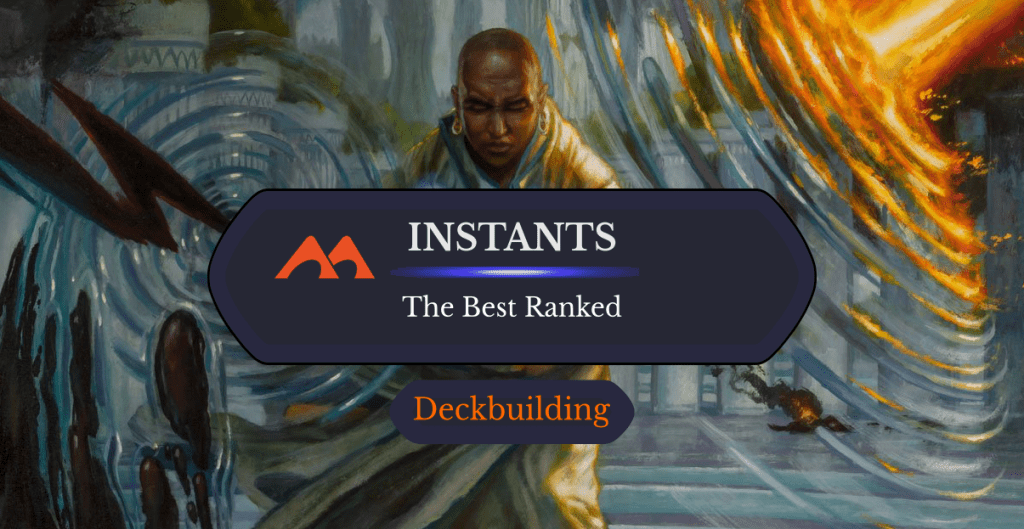
Force of Will | Illustration by Donato Giancola
Instant spells in MTG are some of the most exciting cards to play simply because they let you and your opponents surprise and outwit each other. Instants turn combat around and make players feel uneasy about their decisions. If an opponent has cards in hand and mana around, you won’t make a certain play because your opponent might do something, like pop a counterspell or combat trick.
These aren’t the cards that make people win, but they’re usually the cards that allow a player to control a certain match and stay in the game. I’ve always been a fan of holding up mana and cards in hand, and for that playstyle, you need to play lots of instants. From more than 3000 cards with the instant subtype, I’ve managed to narrow it down.
Let’s look at the best 50 instants MTG has to offer.
What Are Instants in MTG?

March of Otherworldly Light | Illustration by Nils Hamm
Instants in MTG are spells that have the card type instant. These are special in the sense that they’re the only spells you’re allowed to play on your opponents’ turns. For this list, I’m considering cards from a historical point of view. Cards that are still relevant to MTG and always have been are at the top of the list. I’m looking for cards that are very relevant to the formats where they see play, and in multiple formats if possible. This list would be totally different if it were Standard only or Commander only. And as with all our lists, it’s made by a person so feel free to disagree.
#50. Deadly Dispute
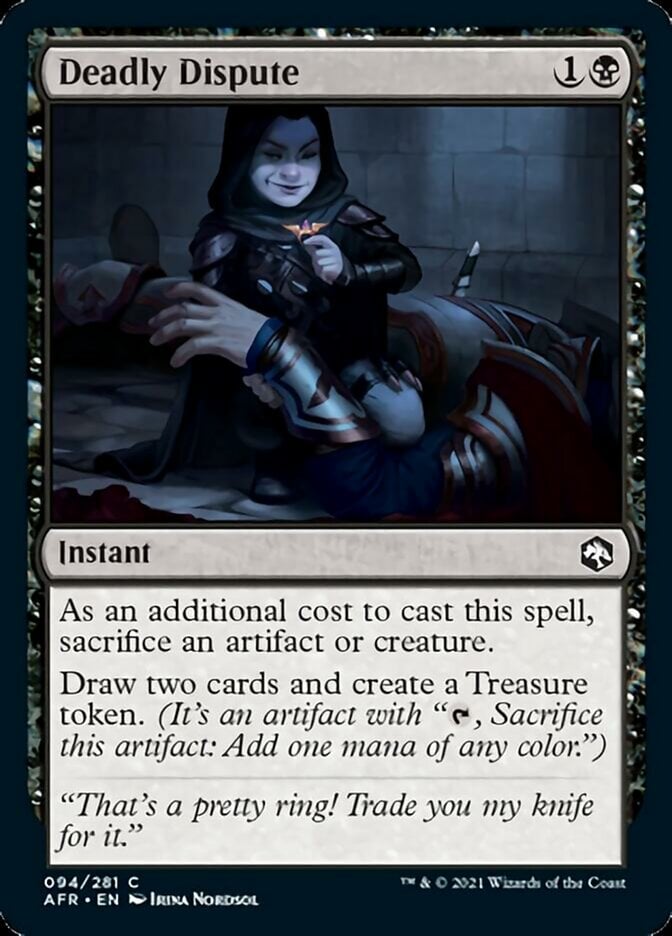
Deadly Dispute is one of the better sacrifice outlets, allowing you to get cards and Treasure. It’s an instant, so you can also sacrifice a creature in response to removal. This card sees plenty of play in Pauper, Pioneer, and EDH treasure/sacrifice decks.
#49. Ephemerate
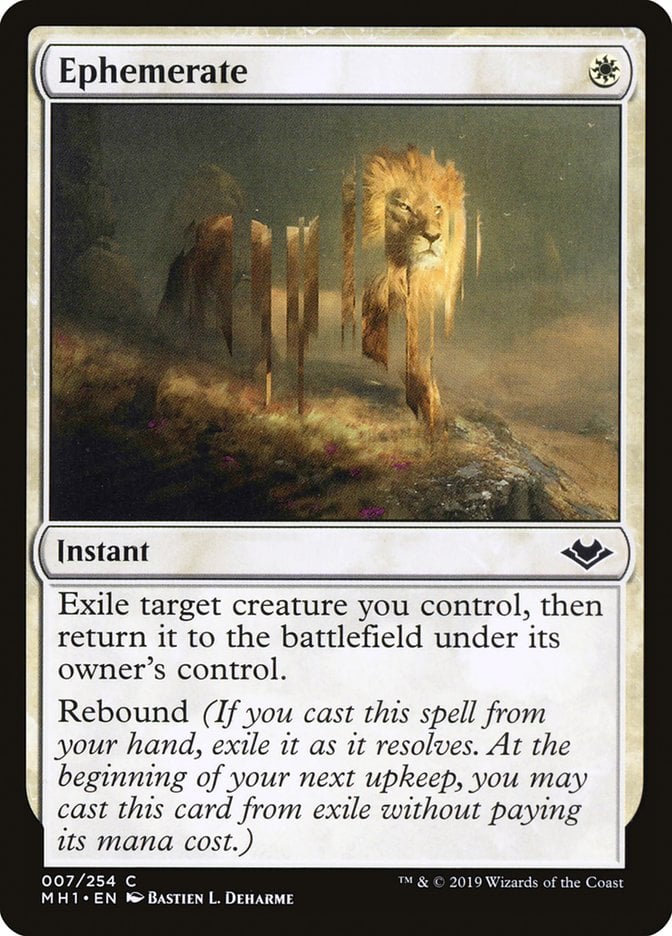
Ephemerate is a big upgrade over Cloudshift because it has rebound. Being able to blink a creature twice with the same spell is a huge deal, and it’s a powerful engine together with evoke creatures or good ETB creatures.
#48. Unholy Heat
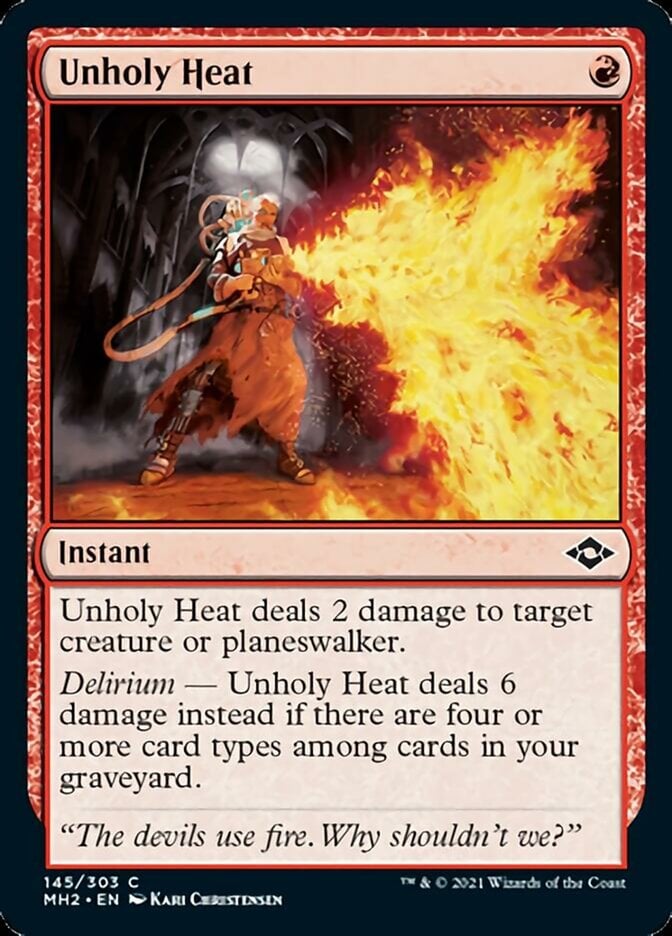
Unholy Heat ranges from a simple Shock to the biggest creature/planeswalker-directed damage spell, provided you have delirium active. It’s not hard to get delirium in Eternal formats, and many consider this card to be a design mistake because red isn’t supposed to kill big creatures.
#47. Manamorphose
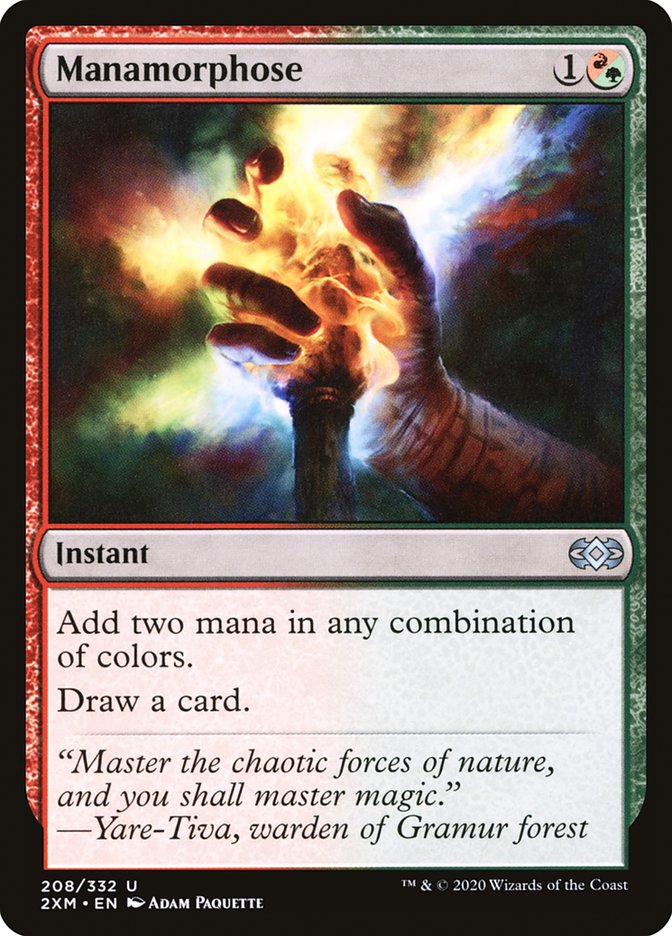
Manamorphose is a free spell. You’ll cast an instant that gives you back 2 mana and a card. It’s so powerful that if you were allowed to have more than four copies of Manamorphose, you could draw your entire deck. This card is a storm engine and a card that sees plays in many combo decks.
#46. Surgical Extraction
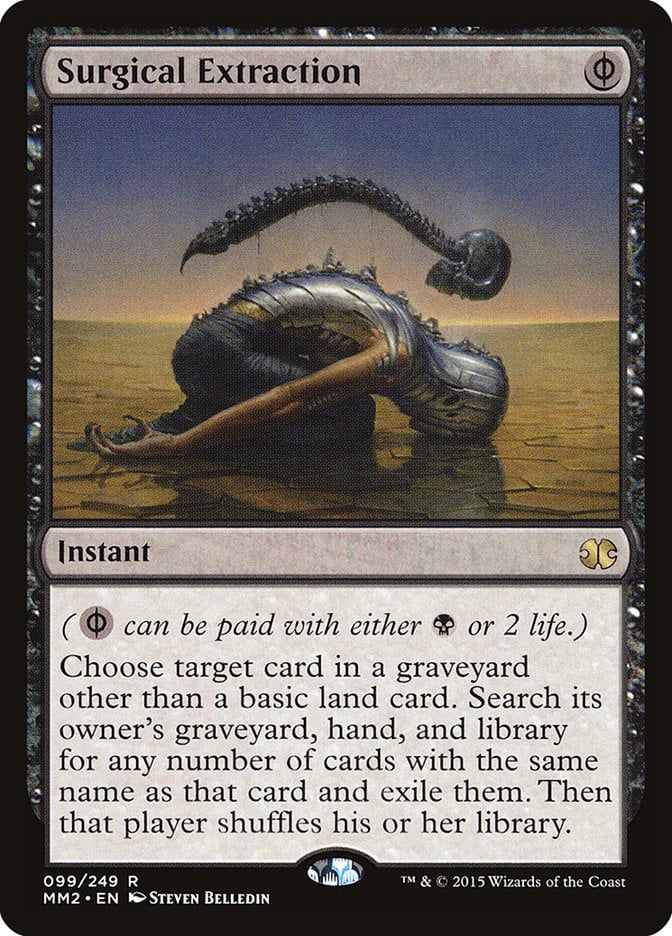
Instant speed graveyard hate is good, and a graveyard hate card that gets rid of all those problems permanently is even better. You can also interact when you’ve tapped out because the card costs phyrexian mana and realistically goes into any deck. A single copy of Surgical Extraction can deal with all you opponents’ Arclight Phoenixes or Prized Amalgams and stops all kinds of graveyard shenanigans including reanimator decks, flashback spells, and much more.
#45. Daze

In formats like Pauper and Legacy, Daze is a free counterspell, requiring only that you return an Island to your hand. On the play, it’s a potent counterspell to your opponent’s 1-drop and allows you to tap out and still counter their opponent’s next play. It’s currently banned in Pauper because it gives too much of an edge to blue tempo decks.
#44. Fire Covenant
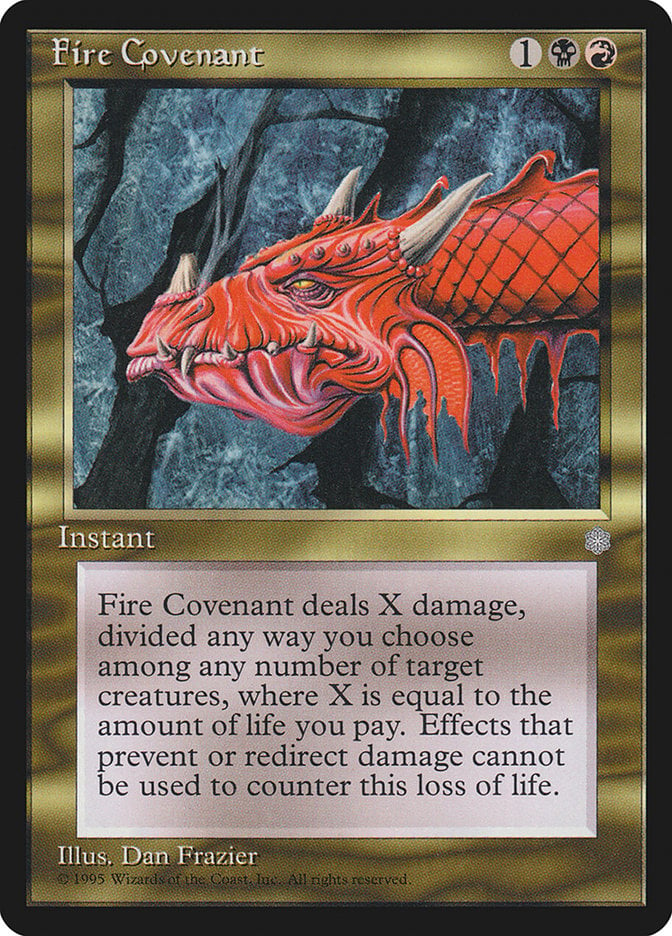
Thanks to the popularity of Commander and Rakdos () decks that benefit from losing life, Fire Covenant is a hell of a sweeper. It’s similar to an instant-speed Toxic Deluge, and that’s a strong card. Being able to let your big creatures live while you sweep the board is very powerful, and some EDH decks aren’t afraid of losing 10-15 life in a single turn.
#43. Violent Outburst
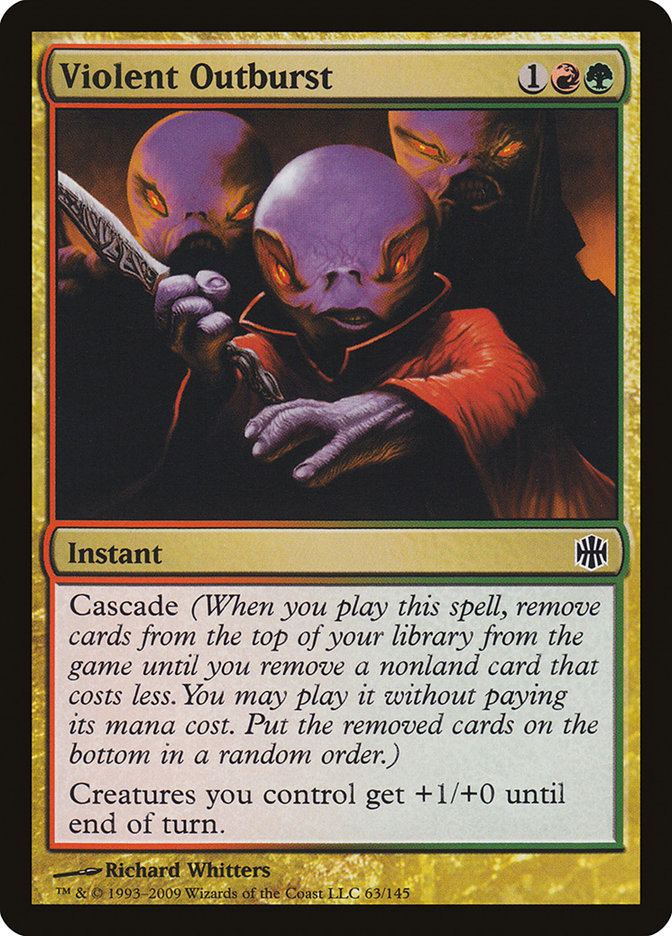
Together with Shardless Agent, this innocuous cascade spell is also the key to making decks like Living End and rhinos work. Violent Outburst is the only 3-mana cascade effect available at instant speed, and it can even buff your own creatures (okay, I’m kidding).
#42. March of Otherworldly Light + Prismatic Ending
In an attempt to push harder into main deck artifact/enchantment removal, white’s been getting more and more of these spells. March of Otherworldly Light sees heavy play in Standard, while Prismatic Ending was designed for Modern and is more flexible since it hits planeswalkers and other permanents.
#41. Heroic Intervention
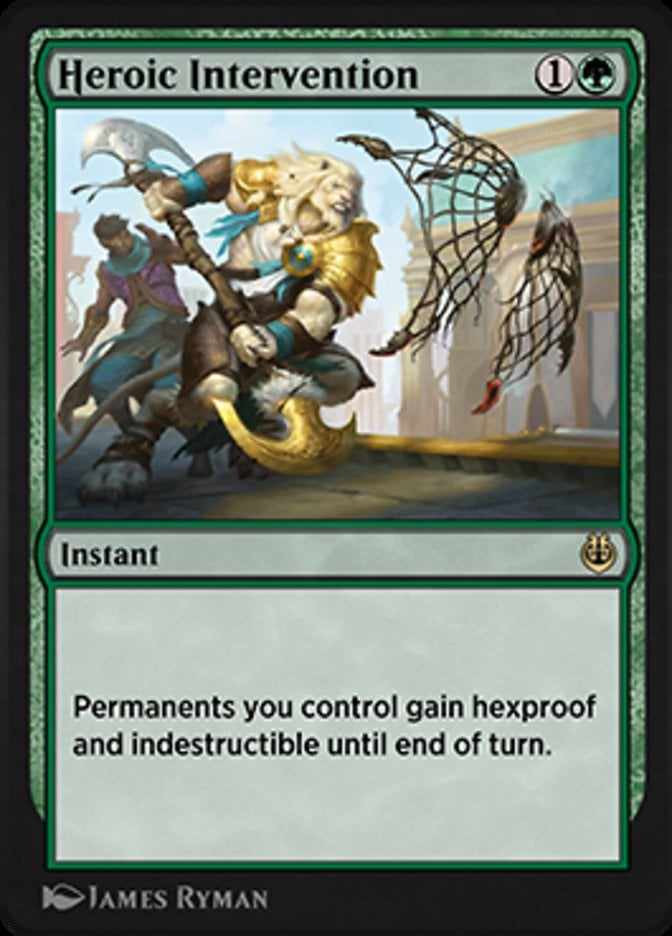
Heroic Intervention has become a green staple in EDH, and it both protects your permanents from spot removal and from sweepers that destroy all cards. It’s similar to Teferi's Protection, and it can be a combat-winning spell.
#40. Gifts Ungiven
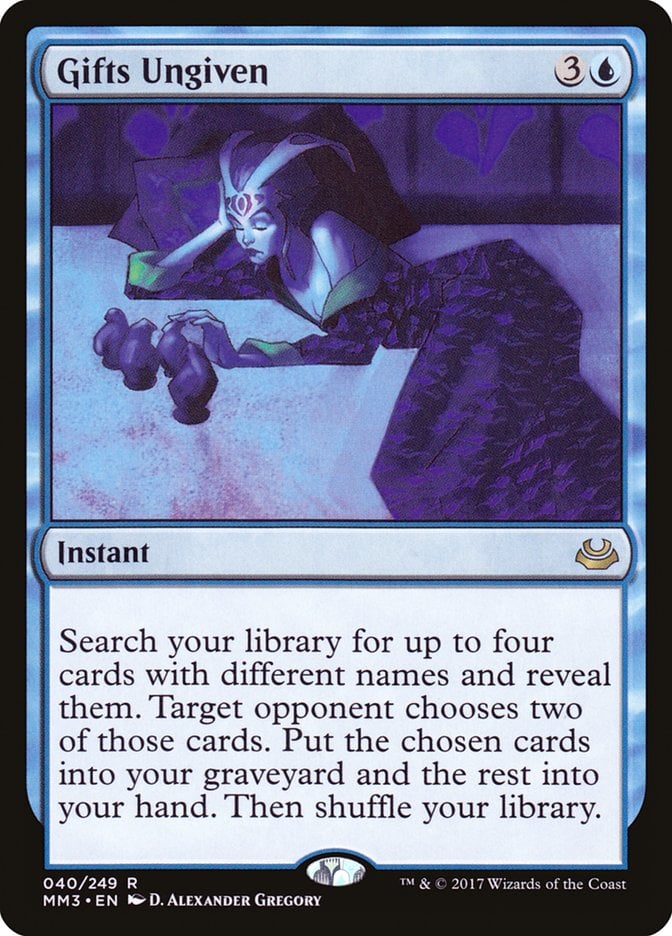
Gifts Ungiven was a Modern staple in control and reanimator decks, and it’s currently still banned in Commander. The thing with Gifts is you can Entomb twice with it, and you can also make a package with three/four good cards. No matter what they choose to give you, it’s gonna be fine.
#39. Path to Exile

Path to Exile is a hell of a removal spell, and it used to be one of white’s better cards in formats like Modern. It got weaker and weaker as the years passed. The card is great and don’t get me wrong, it would be insane in formats like Standard and Pioneer. The problem is that spot removal got worse in formats like Modern. White decks have cards like Solitude, which is a Swords to Plowshares plus a lifegain creature, and cards like Prismatic Ending can get rid of different permanents. The card still sees lots of play, but it’s certainly less of a protagonist.
#38. Chaos Warp

Red usually deals with its problems by dealing damage. You can kill creatures and planeswalkers this way and even destroy artifacts, but what about the other permanents? Chaos Warp gets around this. Even though you don’t know what your opponent will get, chances are that they get something worse than what they lost or nothing at all. As an extra benefit, shuffling a permanent into their deck gets around graveyard recursion and death triggers.
#37. Drown in the Loch
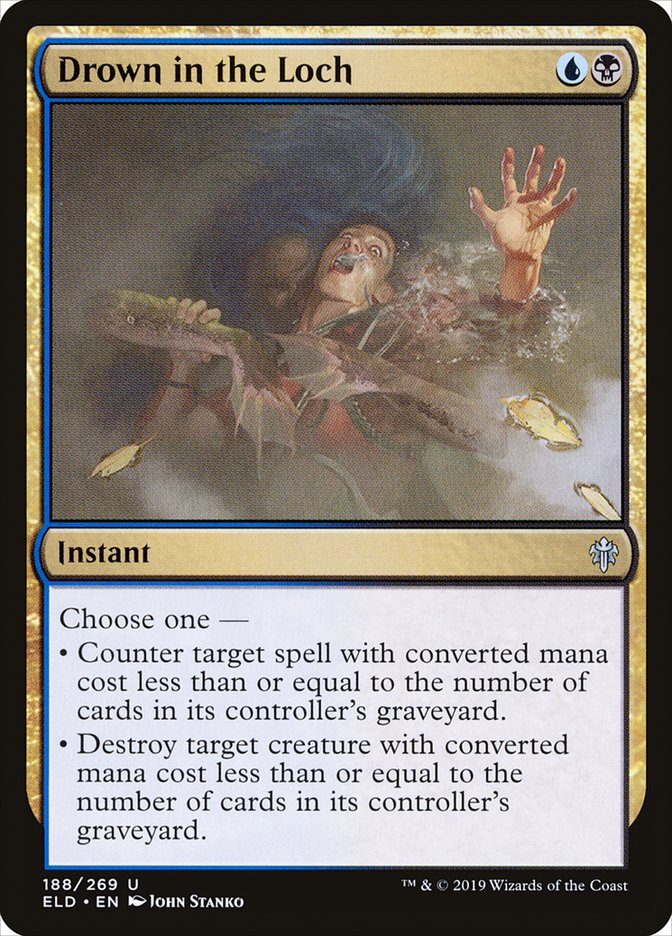
Drown in the Loch is conditional removal or a counterspell. It’s interesting because you can interact with the stack and with the battlefield using the same card, but it’s not unconditional (unless you’re the mill deck, of course). It’s an interesting design that can be foiled with graveyard hate or expensive spells, and it shows that Counterspell is always a safe choice.
#36. Electrodominance
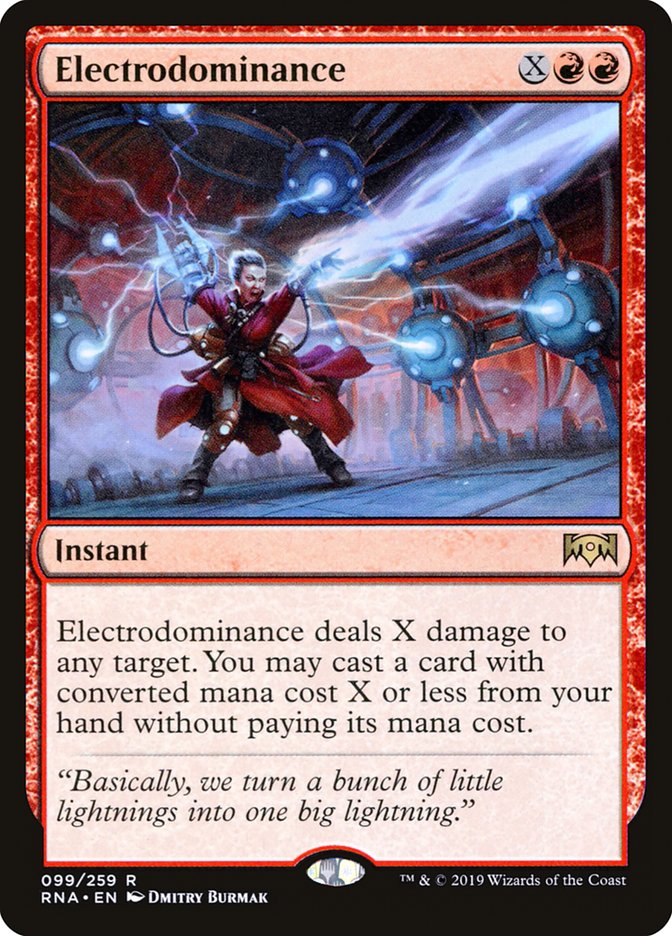
Cards that let you play a card without paying its mana cost have a high potential to be broken, and there are a bunch of cards with suspend that can be abused this way. Electrodominance is used to cast cards like Crashing Footfalls or Ancestral Vision without the need to wait, while also being a removal/direct damage spell.
#35. Chord of Calling

Chord of Calling is a creature tutor that puts it directly into play. What’s more, it can be convoked by your own creatures. It’s used in elf decks and combo decks alike to get a combo piece like Craterhoof Behemoth, Vizier of Remedies, or Devoted Druid.
#34. Veil of Summer

Veil of Summer is a card that can protect your creatures from spot removal, “counter” a Counterspell, and all that while giving you a card. Banned in multiple formats, it’s good enough to see main deck play even though it hates on two colors. And of course, it’s a sideboard staple.
#33. Witherbloom Command

The combination of four potentially good modes and costing only 2 mana makes Witherbloom Command a nice addition to Golgari decks. Commands are powerful because you can choose two modes which reduces the amount of instances where the card is dead. There’s always a permanent to remove, maybe you’ll need to self-mill and get a land, or even drain 2 life.
#32. Flame of Anor
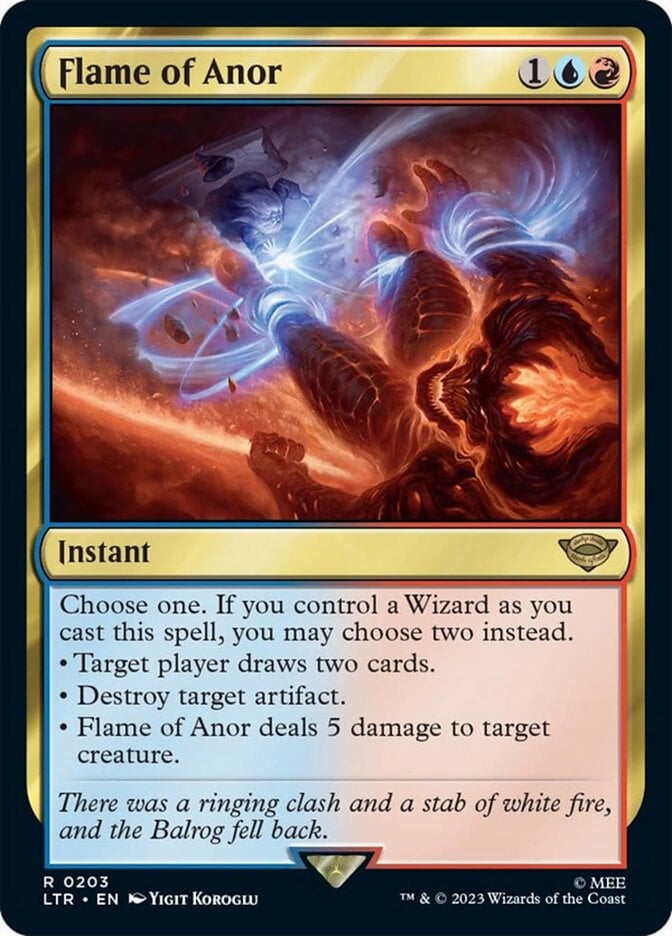
Flame of Anor can be considered a more versatile Electrolyze, and if you control a wizard, it’s a very strong spell (Snapcaster Mage just got a little better). It’s never a dead card because you can use it to draw and sometimes get something else. Cards like Esper Charm and Archmage's Charm got a serious adversary, and being able to flashback this card with Snapcaster changed how control decks operate in Eternal formats.
#31. Fatal Push
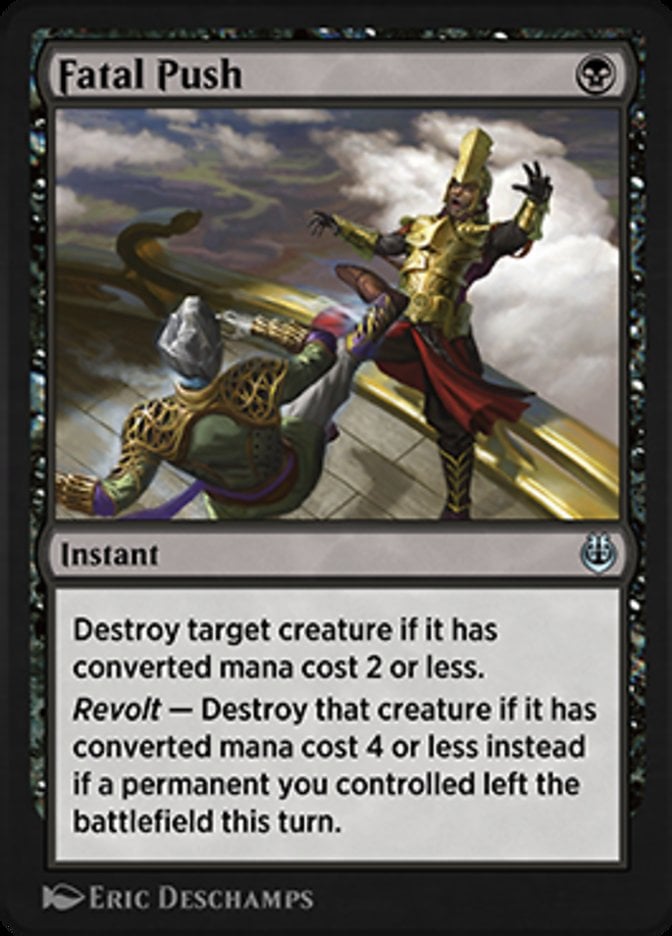
Fatal Push is a 1-mana instant that can destroy any creature with mana value of 2 or less, and if you turn revolt on, you can get any creature costing 4 or less. It’s fairly easy to trigger revolt with Treasures or fetch lands, and this card is a staple of many formats including Pioneer and Modern. It’s very sad to lose a 4-mana creature to 1-mana Fatal Push, and this card raises the bar for what a creature needs to do to be playable.
#30. Fierce Guardianship
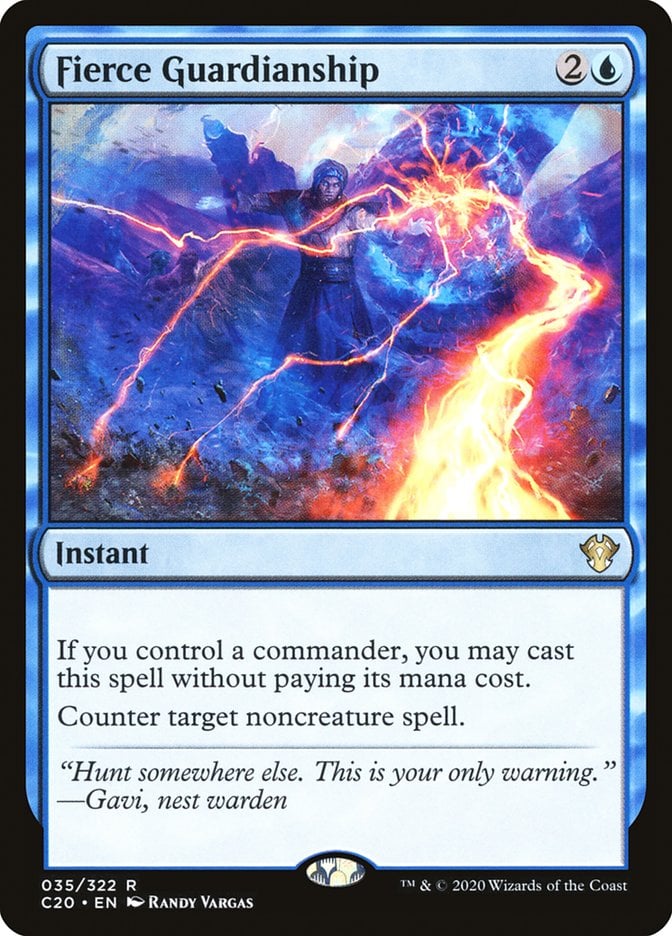
Paying 1 more mana for a Negate isn’t the worst thing, but it’s bad enough to avoid play in formats like Legacy or Vintage. This card shines in EDH where you’ll cast it for free if you've got your Commander in play. Since most decks want to have their commander around, this is a blue staple in EDH because you can use Fierce Guardianship to protect your commander or your board state for free.
#29. Sheoldred's Edict

Edict in MTG is a lingo for “target player sacrifices a creature.” This is often a bad effect because you can’t choose what to get with the spell, and if your opponent has a 6/6 and a 1/1 token, it’s useless. Sheoldred's Edict gets around that by giving players a choice, and it’s one of the best planeswalker removal spells since they usually have only one on the battlefield. All three modes are useful in different scenarios which makes this a versatile instant.
#28. Undying Malice + Feign Death
These two spells don’t seem like much, but they’re currently format-defining, especially in Modern alongside powerful evoke creatures like Grief and Fury. Just evoke Grief, get a card from your opponent, cast Undying Malice on Grief, and suddenly you have a 4/3 on the battlefield that took two cards from your opponent. It’s a cheap way to protect your commander from removal in EDH, and it also has synergies with +1/+1 counters.
#27. Boros Charm

Boros Charm is one of the most versatile cards ever and a staple in Boros decks. In burn decks you can either deal 4 damage to the face, give double strike to a card like Monastery Swiftspear, or protect your creatures from a sweeper. You can protect your enchantments or lands from sweepers in EDH, and it’s awesome in Voltron decks because of double strike and protection. Boros Charm is good enough for red decks to splash white for it.
#26. Counterspell
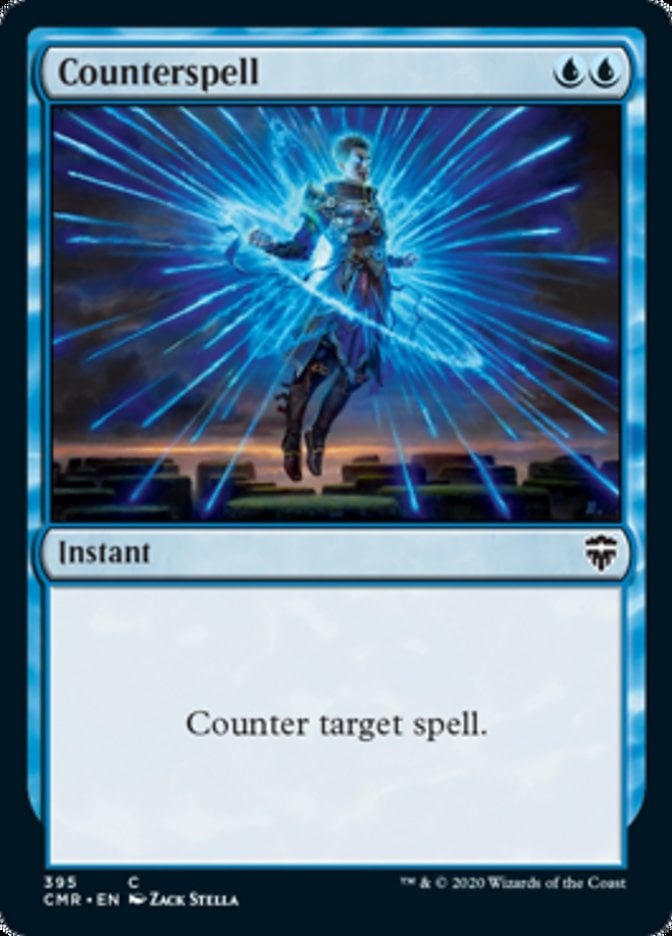
A classic blue card, countering any spell for 2 mana is very strong. It’s Essence Scatter plus Negate, with a more restrictive mana cost. MTG’s power level has raised to the point where it’s safe to play Counterspell in Modern, and today. simply countering a spell isn’t that broken. But it’s still great!
#25. Snuff Out

Killing creatures for free is a very good tempo play, even if it costs you 4 life. Snuff Out is a staple of the Pauper format and one of the more expensive commons since it was only reprinted in duel decks.
#24. Red Elemental Blast

The main reason why Red Elemental Blast exists is to fight blue decks. This card is a staple in formats like Pauper and Legacy because having tools to fight blue decks is essential, and Red Elemental Blast can either counter a spell or outright destroy it. Countering a Force of Will is massive resource and tempo advantage for you, and being able to destroy a Teferi, Time Raveler or Jace, the Mind Sculptor for 1 mana is as good as it gets.
#23. Berserk
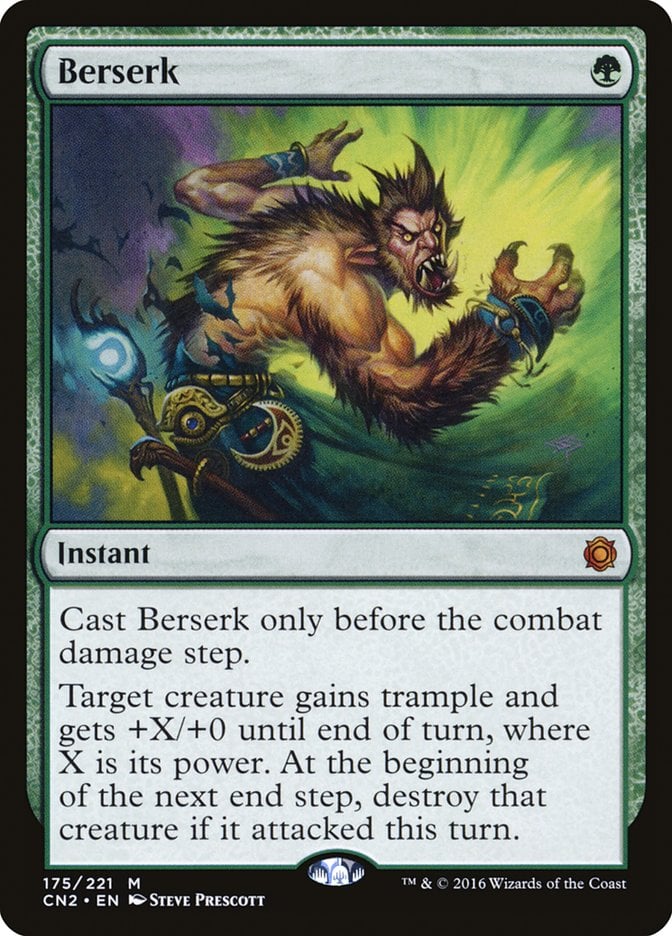
Few spells have the destructive power Berserk does. Turning a 5/5 into a 10/5 trampler for 1 mana is one of the best combat tricks ever. It’s also awesome with infect creatures, often killing your opponent in the process.
#22. Collected Company
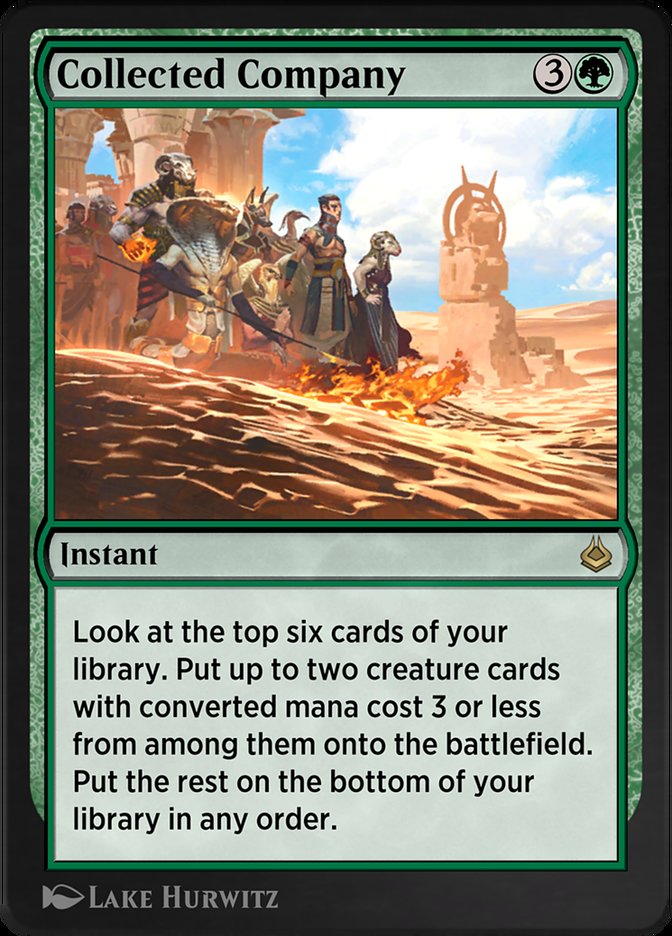
Collected Company lets you see the top 6 cards of your library and put up to two cards that cost 3 or less onto the battlefield. Just by casting “CoCo,” you can potentially drop 6 mana worth of creatures, at instant speed no less. You can use this spell to cheat blockers during an attack, assemble your combo pieces, or recover from a sweeper.
#21. Dismember

With Dismember, suddenly colors that don’t have access to removal spells like green and blue can have a pretty good one, and for just 1 mana. Yes, it costs 4 life, and in formats like Modern this isn’t negligible, but that’s why Dismember isn’t that high on the list. This card also gets around indestructible since it gives a target -5/-5. The color restriction doesn’t apply to EDH though, so you won’t see any blue EDH deck dismembering foes around.
#20. Worldly Tutor

For just 1 mana, Worldly Tutor sets your next draw with the best creature available in your deck. This allows green players to play creature toolbox decks, like looking for an Eternal Witness if you need graveyard recursion or a Reclamation Sage if you need enchantment removal.
#19. Enlightened Tutor
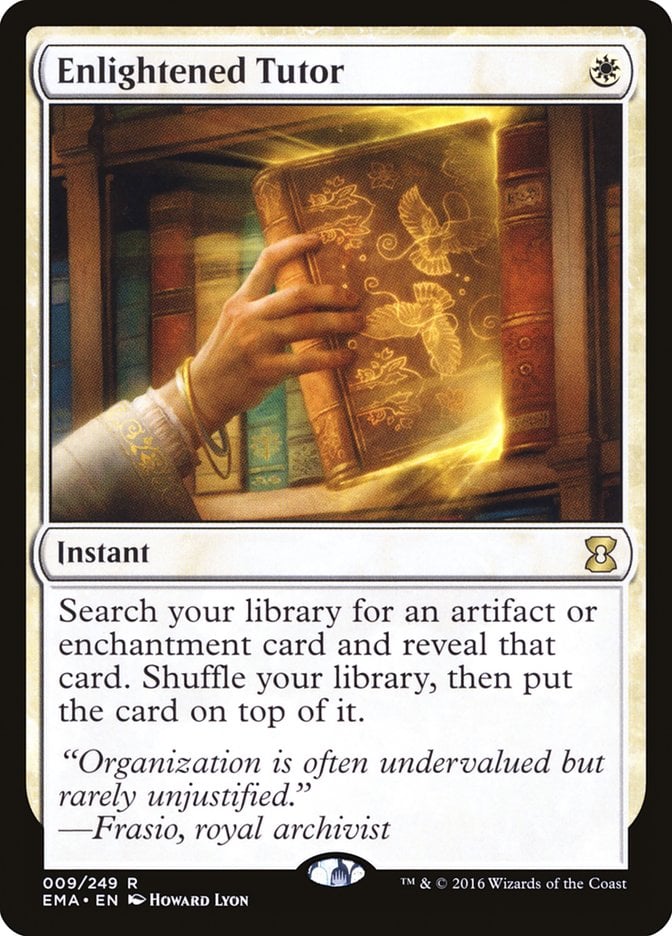
Enlightened Tutor, like the whole cycle of 1-mana instant tutors, gets you an artifact or enchantment from your deck and you’ll draw the card next. Being able to draw your Rhystic Study, Smothering Tithe, or The One Ring next is a huge deal, and there are whole combos that get better and more consistent with this card around.
#18. Flusterstorm
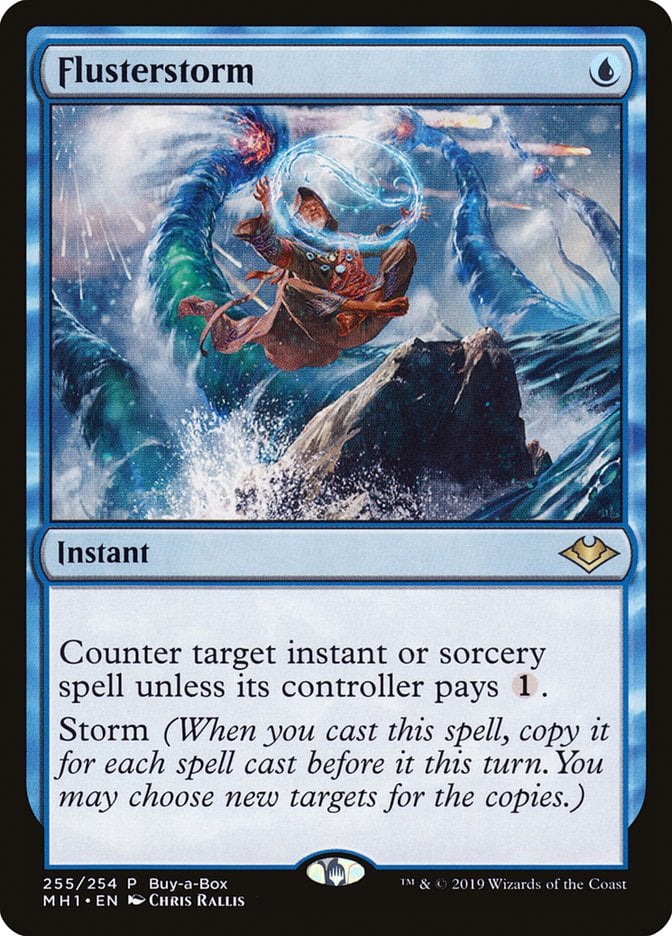
Flusterstorm is a counterspell made to counter the storm mechanic, which can be also useful in other scenarios. When your opponent points 20+ copies of Grapeshot at you, you can Flusterstorm all of them with only 1 mana, producing 20+ copies of Flusterstorm and countering every single copy.
#17. Force of Vigor

Force of Vigor, like Force of Will, is potentially a free spell, and it’s a nice way of getting rid of cards that lock you like Blood Moon or Chalice of the Void. Or maybe you’re playing a dredge deck and you need to get rid of that Rest in Peace or Leyline of the Void.
#16. Ad Nauseam
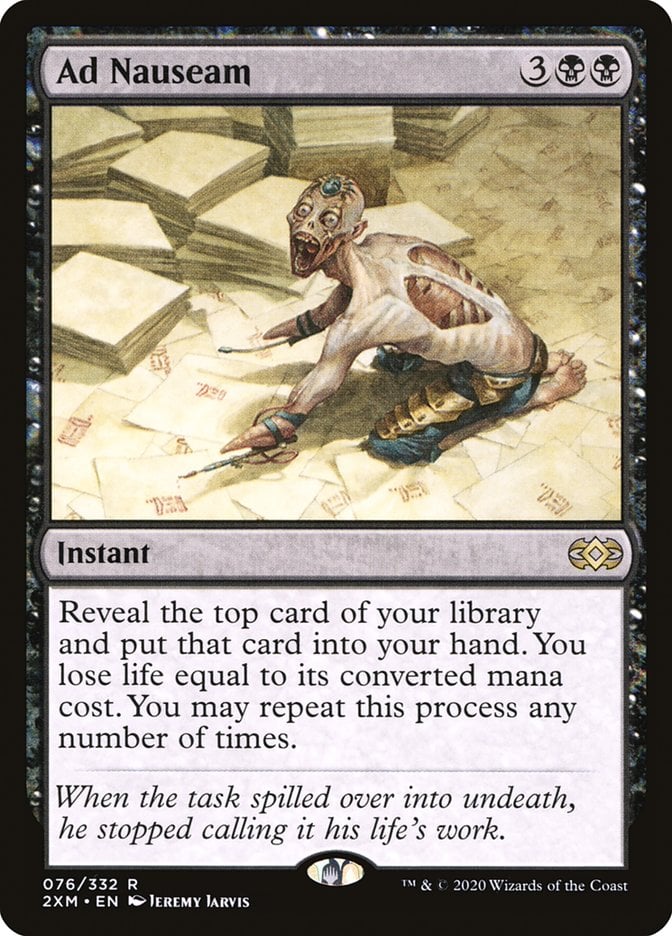
Ad Nauseam is a risky spell to fire because you’ll lose life while going through your deck, but guess what: It lets you win. Most Ad Nauseam decks in Legacy have free spells or spells that cost 1 anyway, and in EDH, you can do silly stuff with more life to tinker with.
#15. Dig Through Time
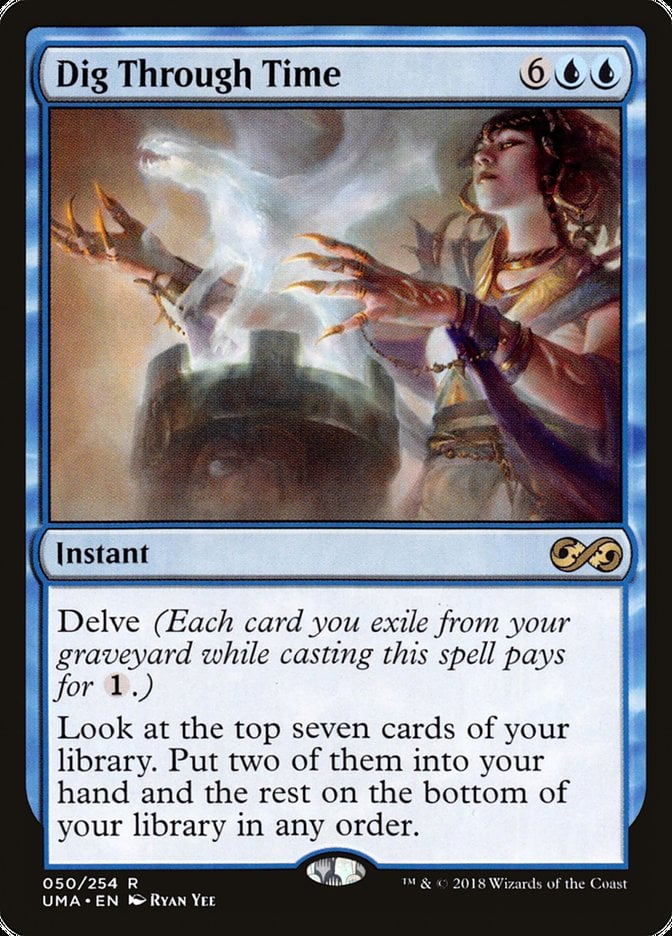
Paying 8 mana to look at the top cards and getting two is horrible, but guess what? Dig Through Time often costs 2-3 mana. This card is so powerful that it warps deck construction around it, and you’ll want as many cheap cantrips and mill effects as you can get to dig deeper and more frequently. It’s so good it got banned in multiple formats, but you can still play this card in Pioneer.
#14. Cyclonic Rift
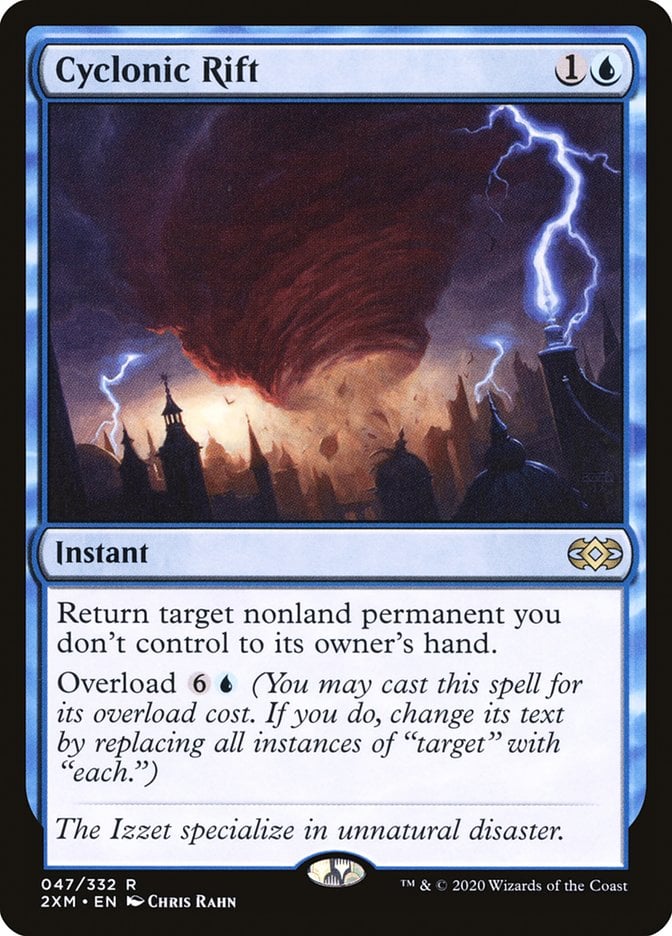
Cyclonic Rift is probably the card EDH players most want to see banned. An absolute blue staple of the format, paying 7 mana to bounce all their permanents but keeping yours intact is huge. It can ruin the life of engine-builder players (+1/+1 counters, planeswalkers, tokens, you name it).
#13. Mental Misstep
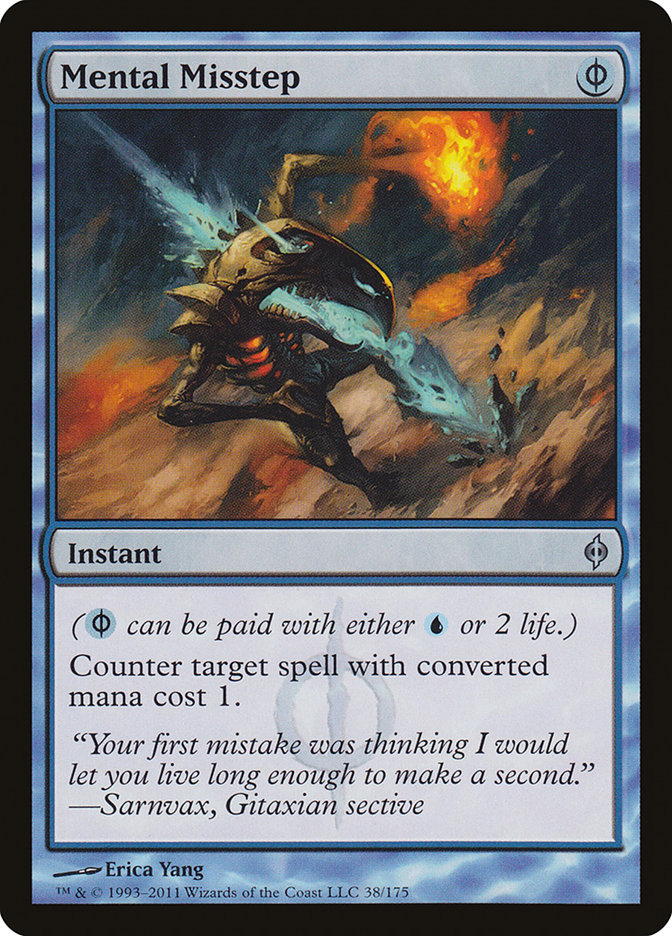
Mental Misstep allows you to counter a spell that costs 1 mana. This doesn’t look like a powerful spell, but it has a few things going up for it. It can be played for 2 life, and it can counter other people’s Mental Missteps. Competitive MTG plays a lot of 1-mana spells, from creatures to instants and sorceries. Just look at this list: probably half of it gets countered byMental Misstep, not to mention sorceries like Thoughtseize and Duress or creatures like Ragavan, Nimble Pilferer.
#12. Mystical Tutor
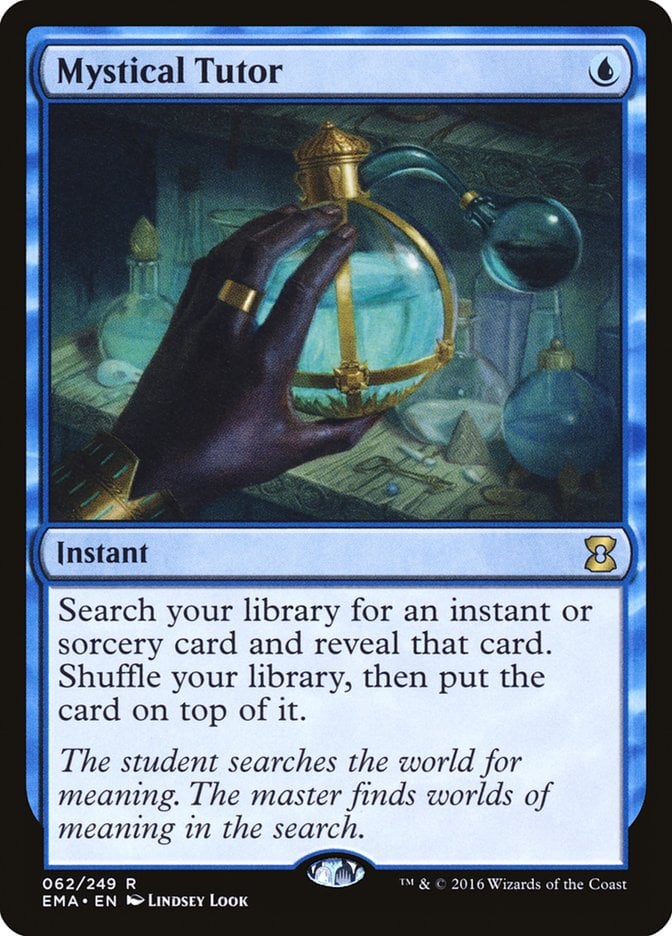
A lot of combos require us to find a specific sorcery or instant card, and Mystical Tutor does that for only a single mana. It puts the spell on top of the library, which isn’t ideal, like Vampiric Tutor, but still, it’s one of blue’s best tutors.
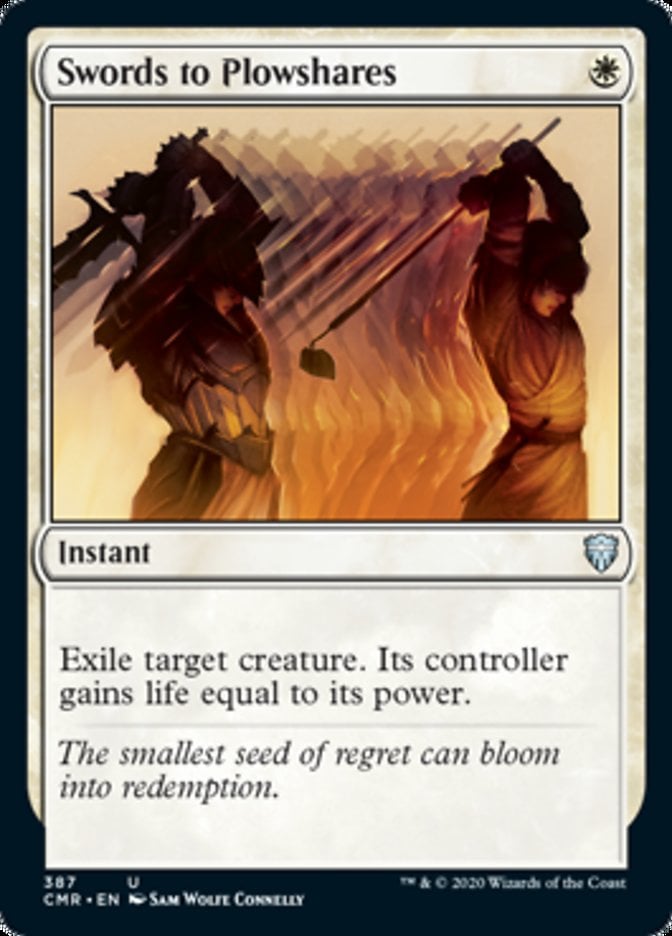
Swords to Plowshares is a white staple and the quintessential removal spell. It exiles any non-hexproof/shroud creature for just 1 mana, and the life they get back is often negligible.
#10. Teferi's Protection
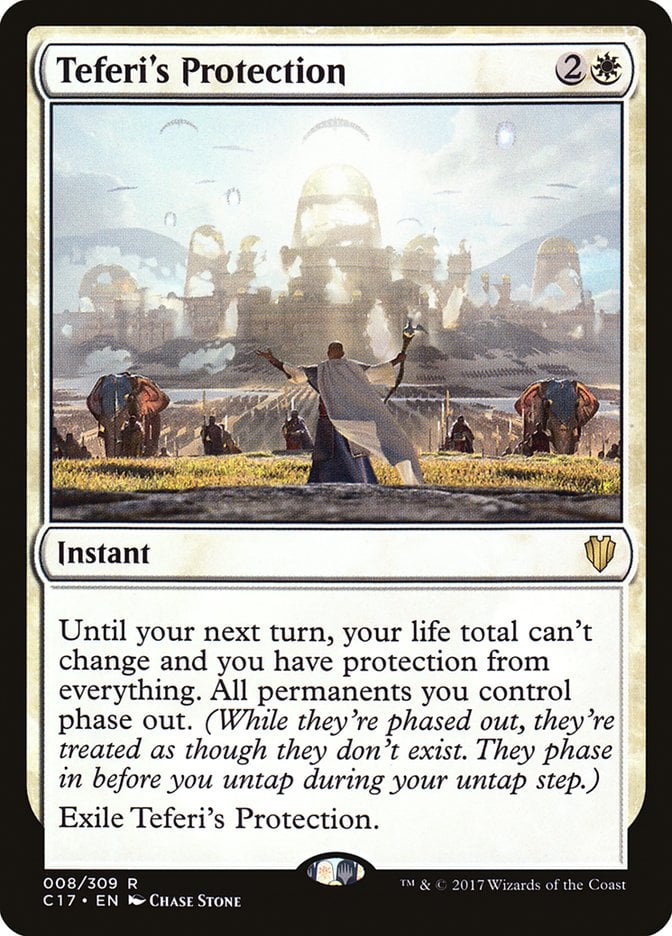
Teferi's Protection in Commander is like the white Cyclonic Rift. Few spells in MTG allow you to do what this card does, which is simply to phase out for a turn. That means you and all permanents you control are protected, be it from a combo, an attack, or a sweeper (including a Cyclonic Rift).
#9. Mana Drain
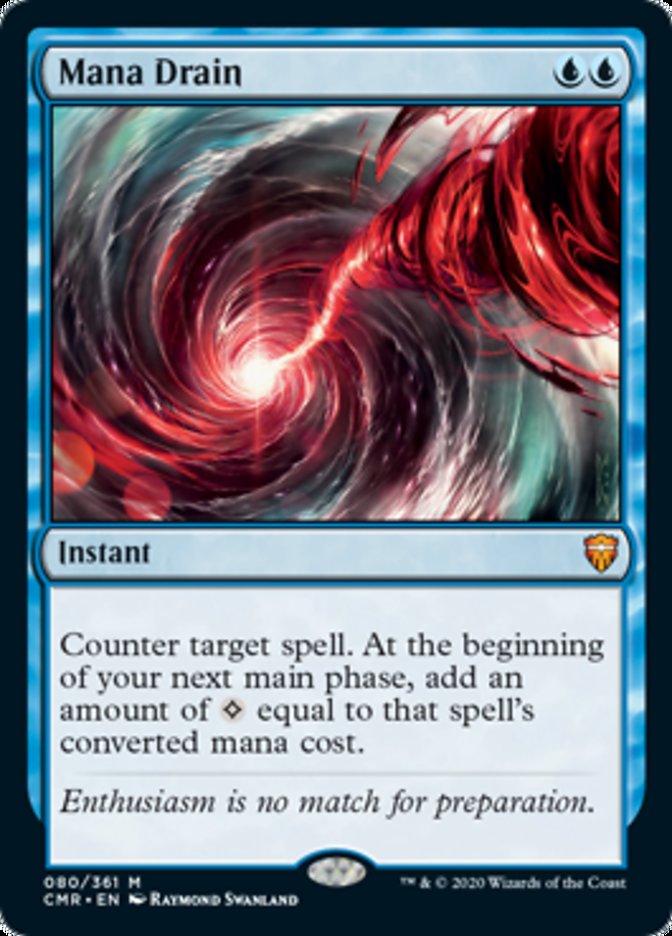
What’s better than countering a spell for 2 mana? And why not get some mana in the process, mana that you’ll be able to use in the next turn to cast something nice. Mana Drain is a strictly better Counterspell, and MTG rules don’t punish you for unspent mana anymore.
#8. Dark Ritual
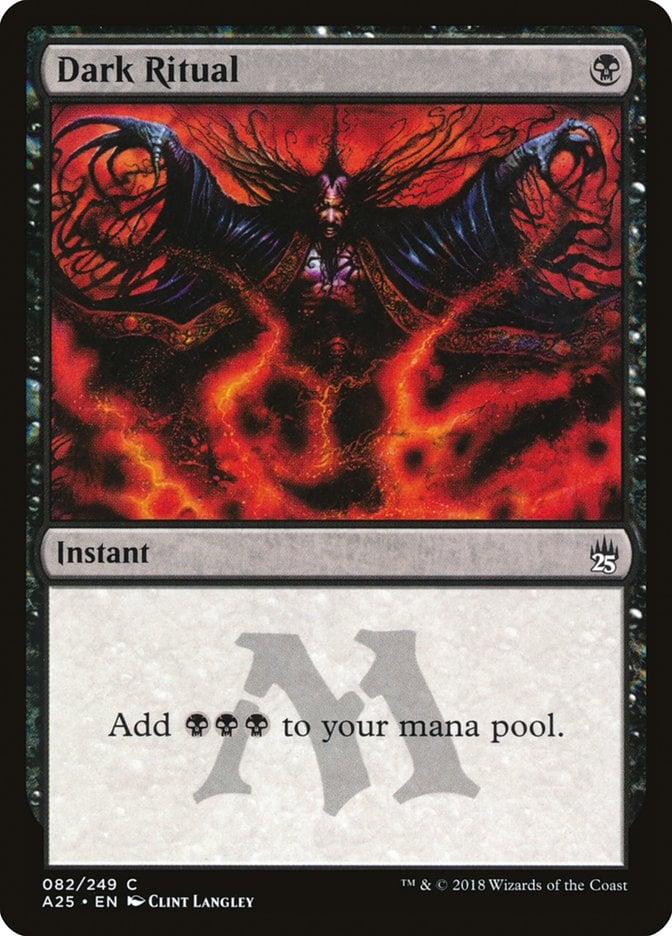
Pay 1 mana, get 3 back, netting 2 black mana in the process. Dark Ritual is never used to make fair stuff. You’ll either up your storm count, cast Necropotence or Doomsday, or just bring in a big black creature ahead of schedule.
#7. Brainstorm
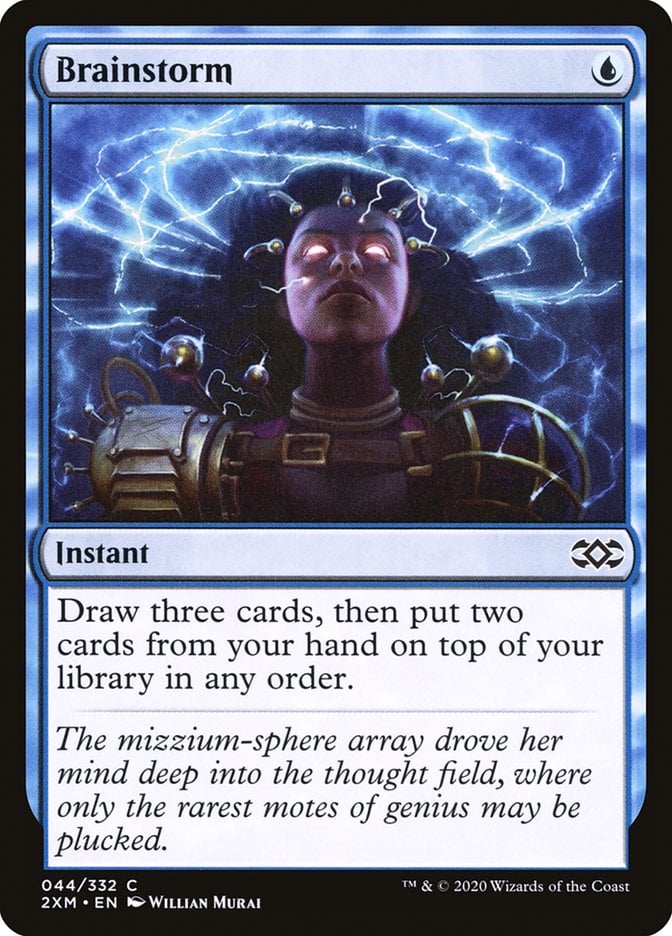
Nothing screams Legacy more than Brainstorm (okay, now there’s Orcish Bowmasters to punish it but still). Brainstorm is a very skill-intensive spell, allowing you to hide cards in your deck so they don’t get discarded, shuffle the cards you don’t want with fetch lands, and more. It’s a very powerful cantrip and card selection tool, and it sees play in control, spellslinger, and combo decks alike.
#6. Entomb
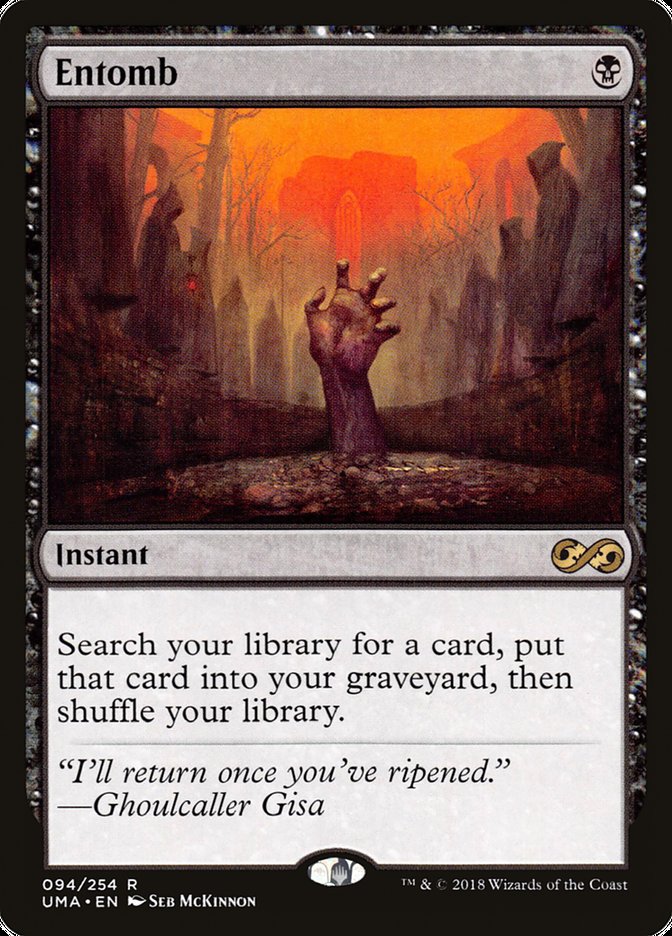
Entomb is a reanimator deck’s best friend because it not only finds your best reanimation target but also puts it on your graveyard for further use. All of this for a single mana. Entomb is cheap, does its job very well, and is played across multiple Eternal formats.
#5. Force of Negation
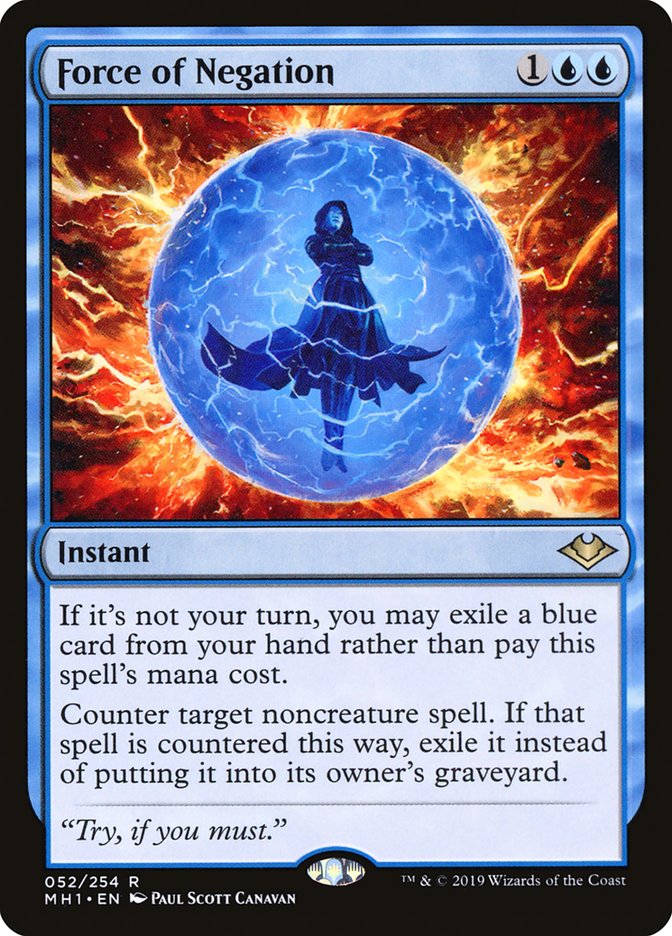
For years Force of Will was the main “free counterspell,” but we’ve had Force of Negation for a couple years now. Force of Negation is legal in Modern, and it complements Force of Will as a “cheaper” to cast FoW or as redundancy in older formats. It only gets noncreature spells, which is fine given that these spells rarely counter creatures anyway. Force of Negation exiles the countered spell, and that’s relevant in a few scenarios.
#4. Vampiric Tutor
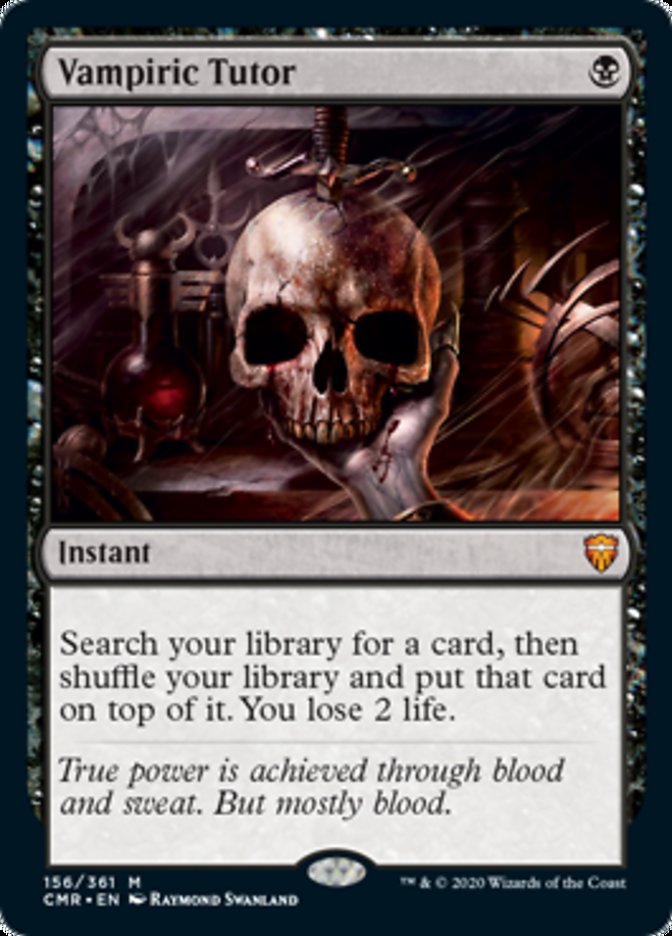
Vampiric Tutor is one of the best tutors in MTG, rivaling only with Demonic Tutor. Finding the card you need for 1 mana at instant speed is a bargain, and you can likewise set the top card of your library for many combos. It’s card disadvantage because you won’t put the card on your hand, but in many situations, it’s even better when you need to set the top card.
#3. Lightning Bolt
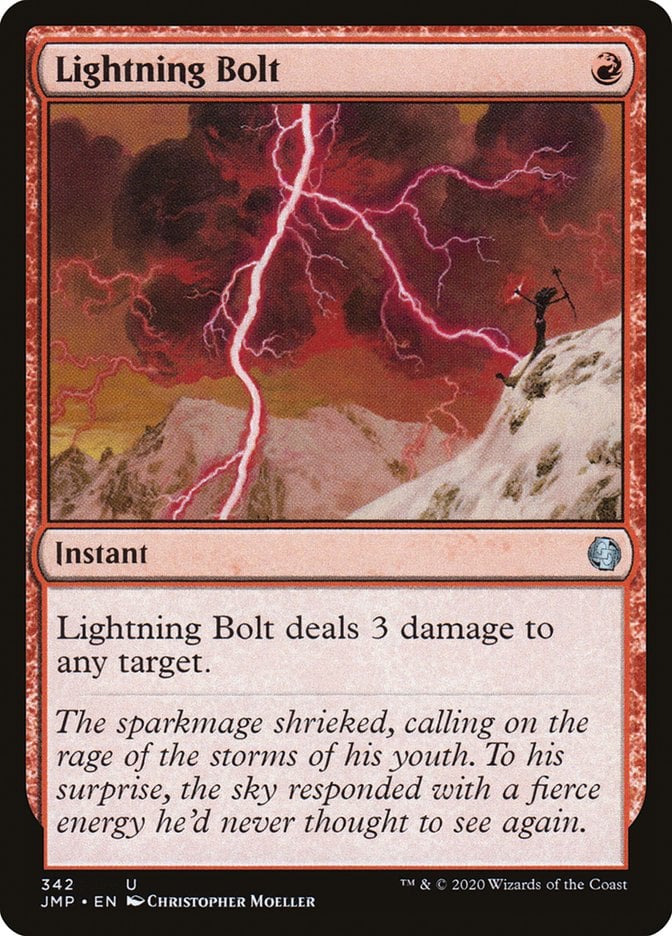
Lightning Bolt is the best burn spell available at 1 mana, and it’s been synonymous with the red colors ever since the beginning of the game. It’s good in aggressive and control decks alike, and it’s probably the card that won the most MTG tournaments ever.
#2. Force of Will
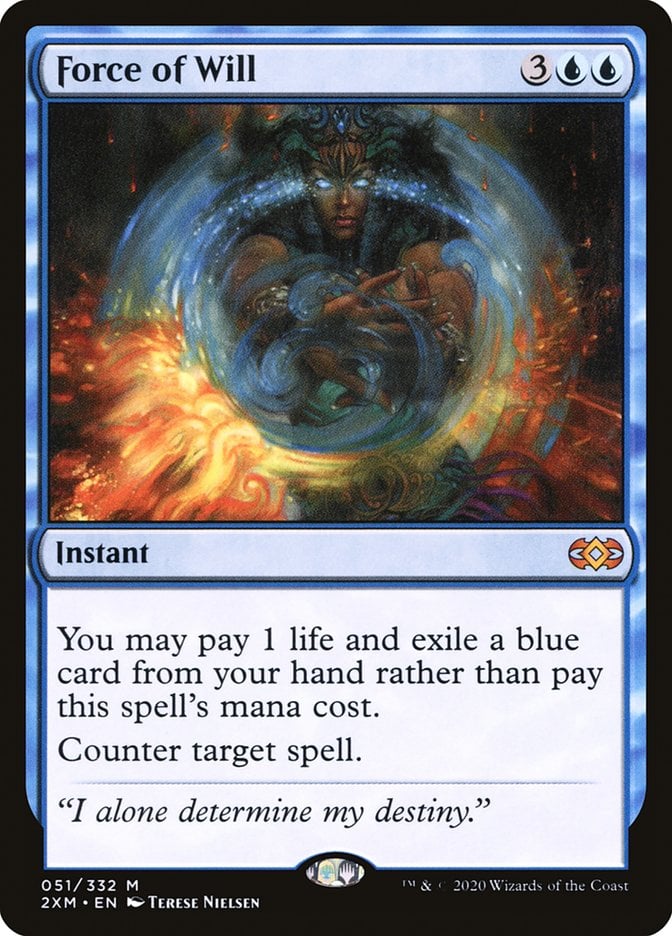
Turns out being able to counter a spell without paying the mana cost is busted. Yeah, free spells are amazing. Force of Will requires you to lose two cards and a point of life, but if this is the price you pay for not losing, then it’s a fair price. Force of Will is so format-defining that players overvalue a card for being blue just because you can “pitch to Force of Will.”
#1. Ancestral Recall
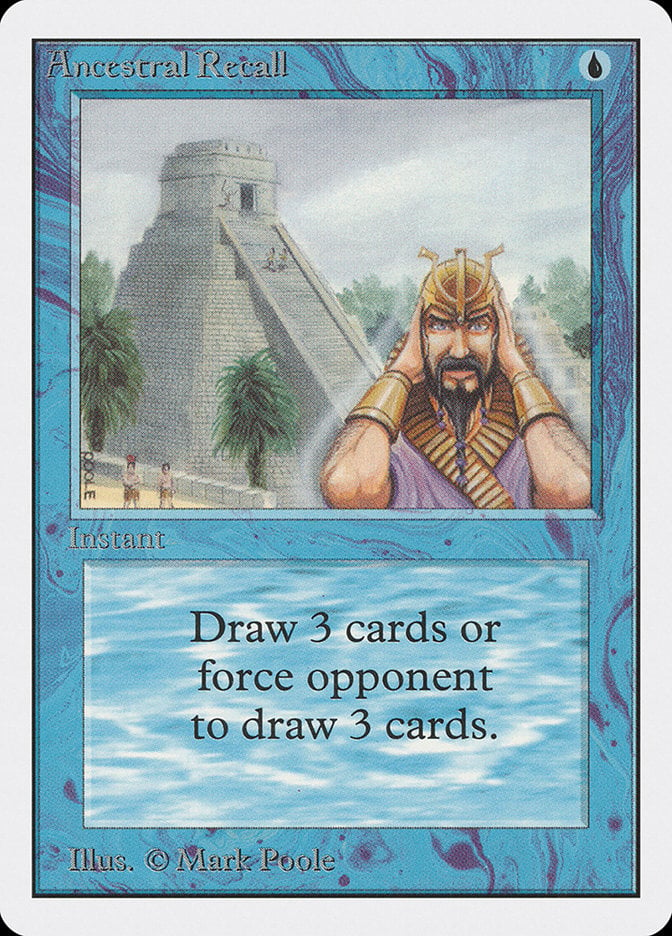
The first place couldn’t be different. Three cards. Only 1 mana. Zero downside. Busted. Ancestral Recall is one of the famous Power Nine, one of the most powerful cards in MTG. And admittedly a design mistake.
Best Instant Payoffs
It’s hard to find instant payoffs in MTG but in general lines, you’ll want something that either rewards you for playing on your opponents’ turns, ways to utilize your mana (mana sinks), or cards that trigger whenever you cast an instant spell.
The Draw-Go deck archetype is filled with instant speed interaction, like permanents with flash (The Wandering Emperor, Hullbreaker Horror), removal spells, counterspells, and card draw (Consider, Memory Deluge). You’ll either counter your opponent’s spell, kill their threat, or draw more cards, and almost always on their turn.
Cards that care about instants being cast like Young Pyromancer or Thermo-Alchemist are interesting payoffs. Nowadays MTG uses the term noncreature spell more often. Cards like Third Path Iconoclast or Monastery Mentor are also instant payoffs.
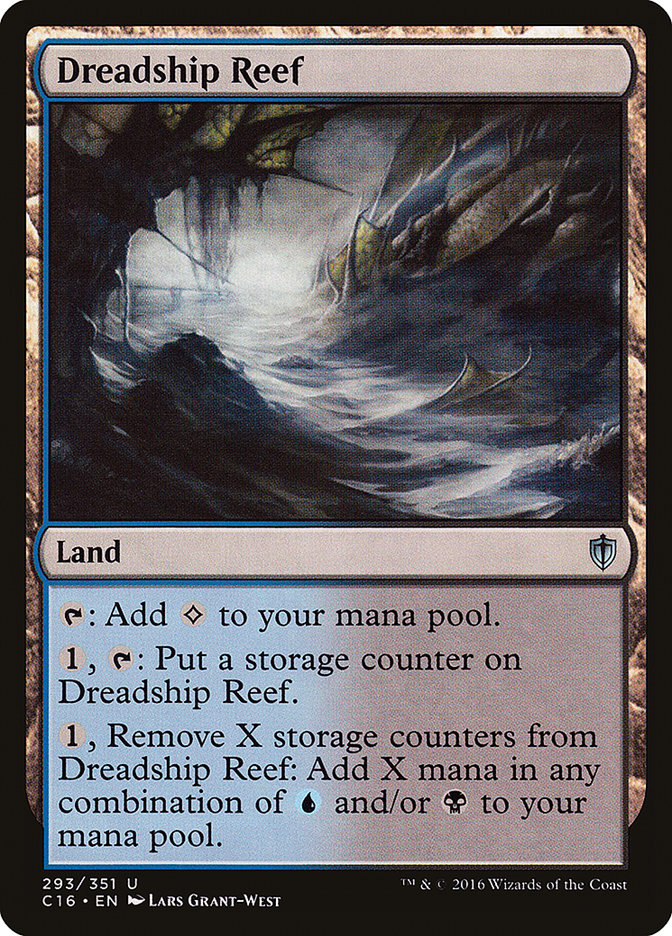
Mechanics like flash and cycling make instants better because you have more stuff to do with your mana. In the same vein, the storage lands (Dreadship Reef) were designed for players to put their unspent mana into it.
You can get instant cards back from your graveyard to your hand with cards like Archaeomancer and Mnemonic Wall. These creatures get much better when you have good instants by your side.
When Can You Cast Instants in MTG?
You can cast an instant spell whenever you have priority, and it doesn’t need to be your turn.
Do You Need Priority to Cast an Instant?
Yes. According to rule 117.1a, “A player can cast an instant spell whenever they have priority”. Whenever a spell or effect is put onto the stack, priority goes to your opponent (or opponents). You can continue casting spells when your opponents return priority to you.
Can You Cast an Instant in Response to Your Own Instant?
Sure! It’s an interesting trick if you have the spells and the mana. People sometimes cast a spell and remand their own spell to draw a card and increase the number of spells cast in a given turn.
Is Flash the Same as Instant?
Not really. Flash is a keyword ability, while instant is a card type. A spell with flash can be cast at instant speed, but flash is applied to sorcery-speed permanents like creatures and enchantments. A card like Slitherwisp refers only to spells that have the keyword flash.
Can You Cycle at Instant Speed?
Yes. You can cycle a card at any time provided you have priority.
Is Transmute Instant Speed?
No, it’s sorcery speed. The rules for the mechanic are very clear. “Search your library for a card with the same mana value as this card, reveal it, put it into your hand, then shuffle. Transmute only as a sorcery”. Clutch of the Undercity is an instant that has the transmute ability, and people sometimes mistake the speed of the spell with the transmute ability, which is always sorcery speed.
What Is a Tribal Instant?

A tribal instant is an instant spell that also has a tribal type. For example, Crush Underfoot is a has “tribal instant giant” in its type line, which means that the card is at the same time an instant spell and a giant spell. You can find it in your deck with Giant Harbinger and with Mystical Tutor. Tribal instants make sense in sets with tribal components like Lorwyn and Kamigawa.
What Is the Difference Between an Instant and a Sorcery?
The main difference is that sorceries can only be cast during your turn and when the stack is empty. Instants can be cast on your turn and on the opponents’ turns. You can also cast an instant spell in response to an effect already on the stack.
What Is the Difference Between an Instant and an Interrupt?
An interrupt spell was a special kind of spell in MTG that could be cast at instant speed but would resolve before other spells in the stack, and you could only cast an interrupt in response to an interrupt spell already on the stack. It’s somewhat similar to what happens with the mechanic split second, except that a player can’t cast any spells in response to a split-second spell. Regarding instants, any instant spell or activated ability can be put in the stack in response to another instant. We don’t need to worry about interrupts anymore because the interrupt rules are a thing of the past. Cards that were interrupts like Counterspell are now instants.
Wrap Up
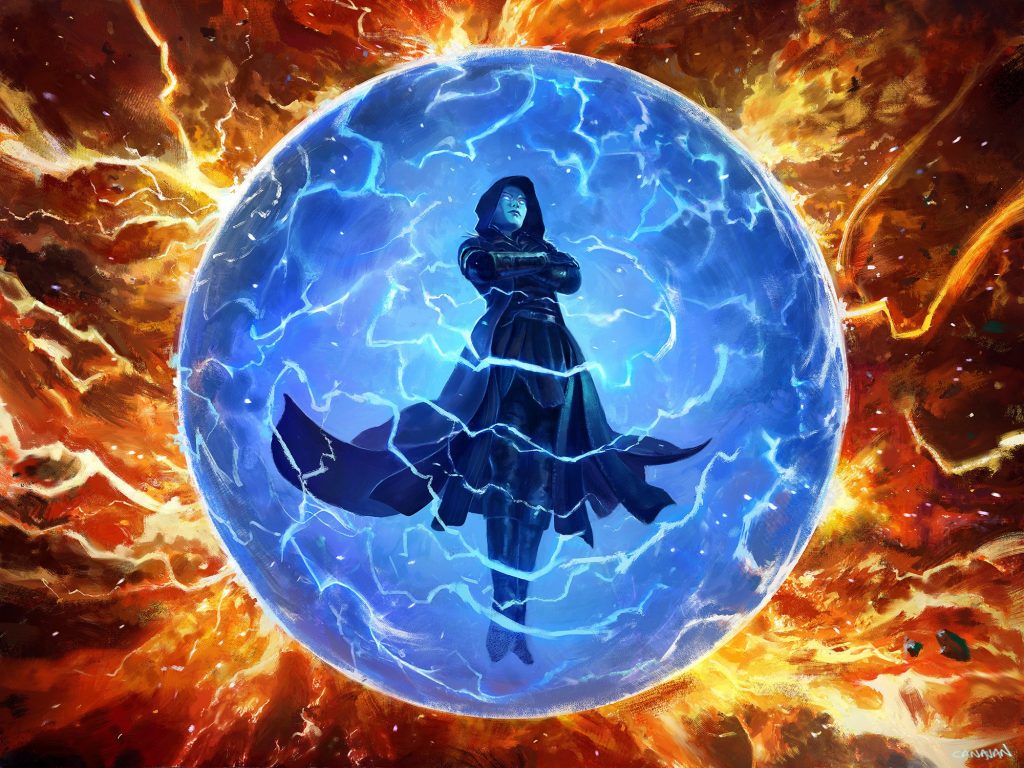
Force of Negation | Illustration by Paul Scott Canavan
Instants are among the most important card type in MTG, and being able to play them when they’ll give you the best leverage is key, as is playing around your opponents' instant spells. Most of these are blue and black, and that reflects the way these colors interact, and blue’s superior instant power level overall.
Now I want to hear from you. What do you think of my list? What spells do you often play that aren’t here? Any notable omissions? Let me know in the comments section below, or let’s discuss it on Draftsim Discord.
Thanks for reading guys, and always be aware of what your opponents might be holding.
Follow Draftsim for awesome articles and set updates: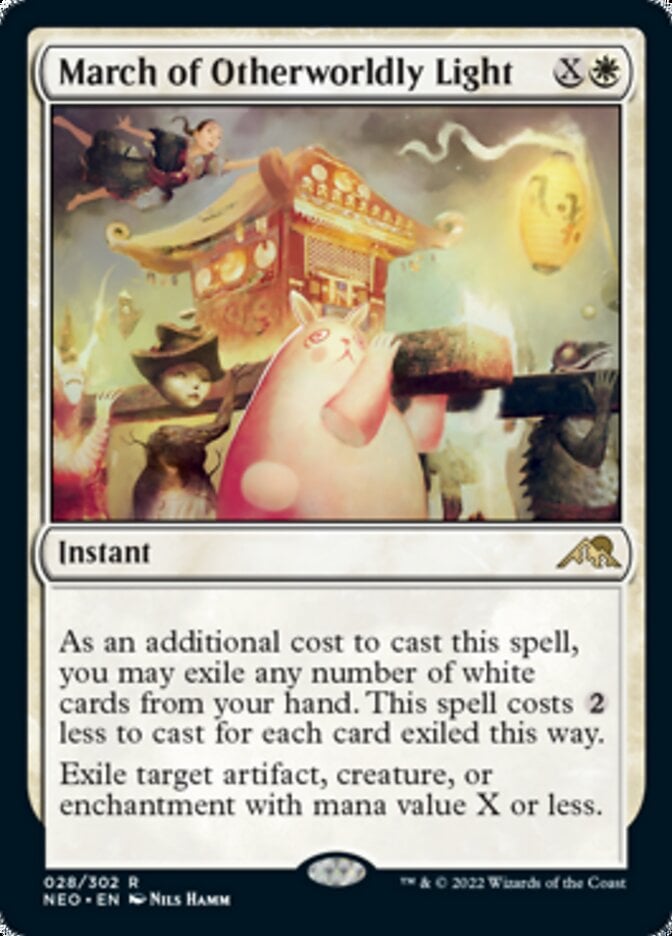

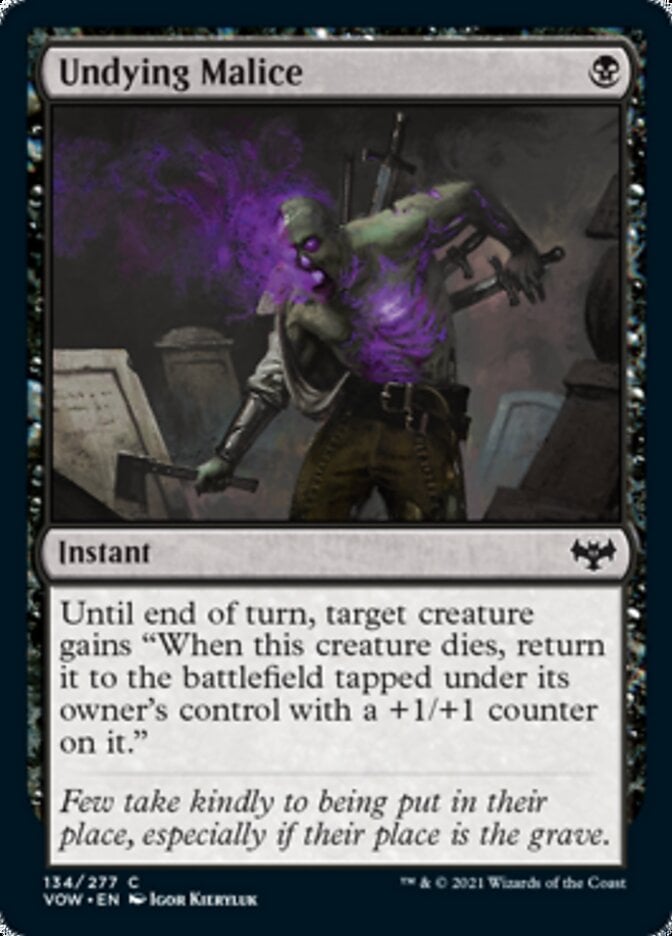

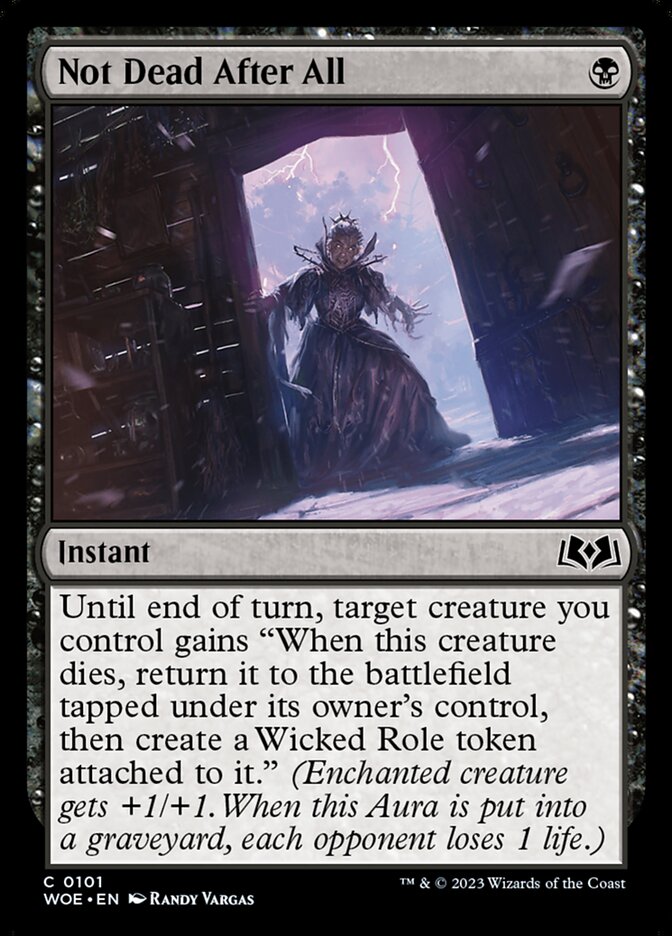
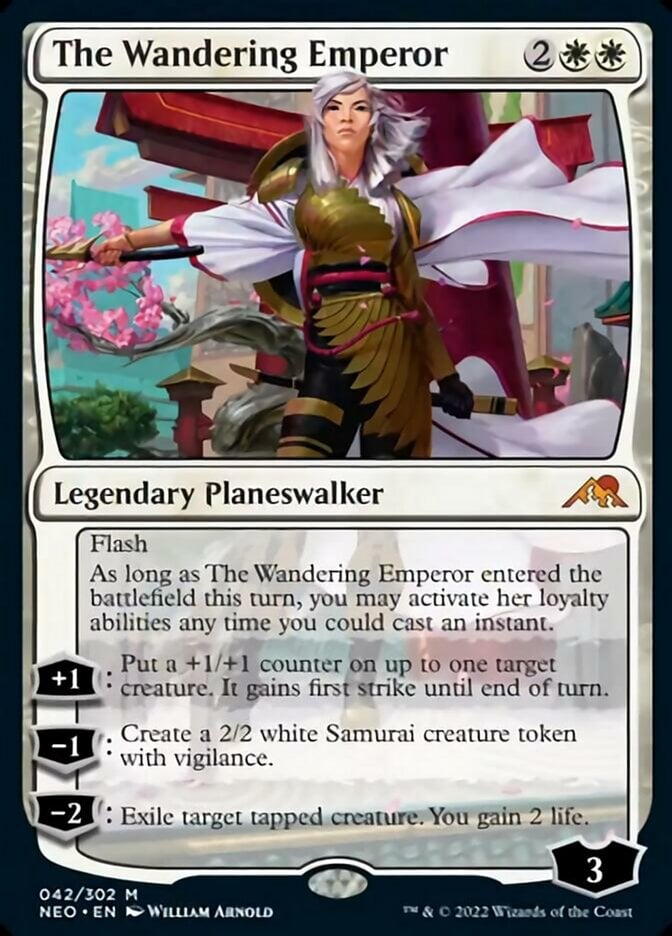
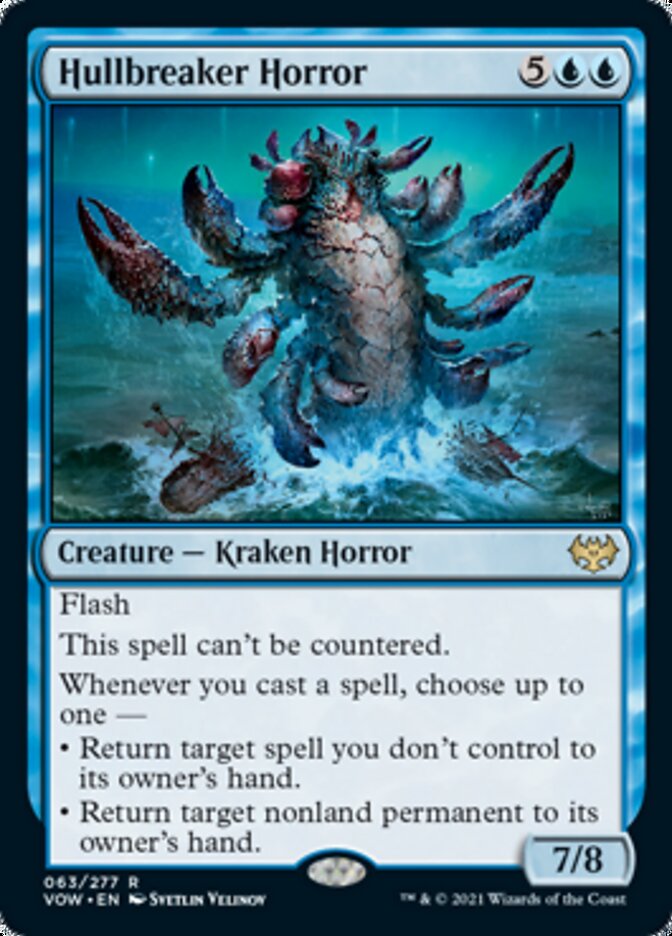
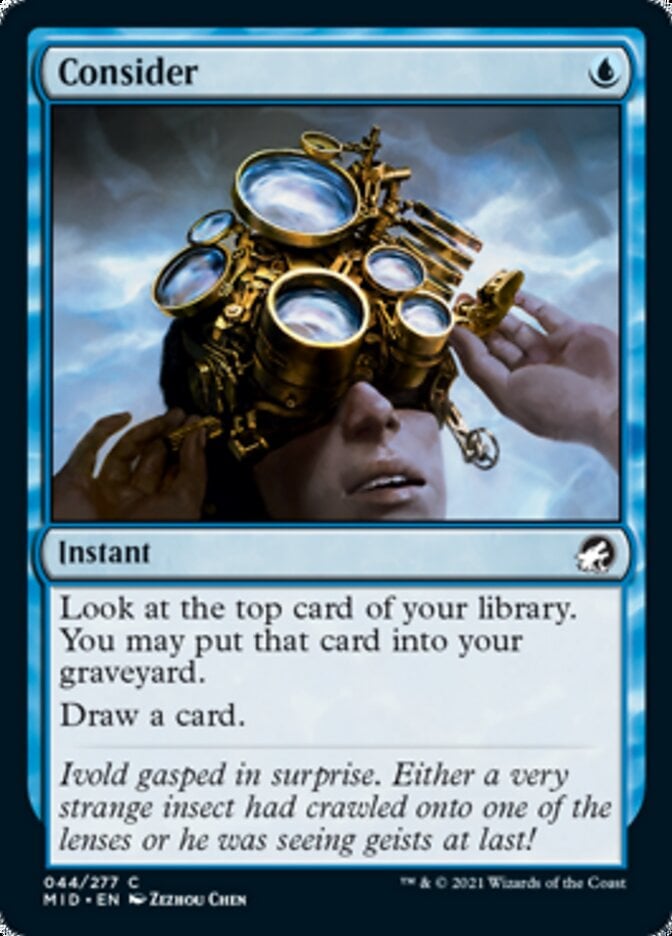
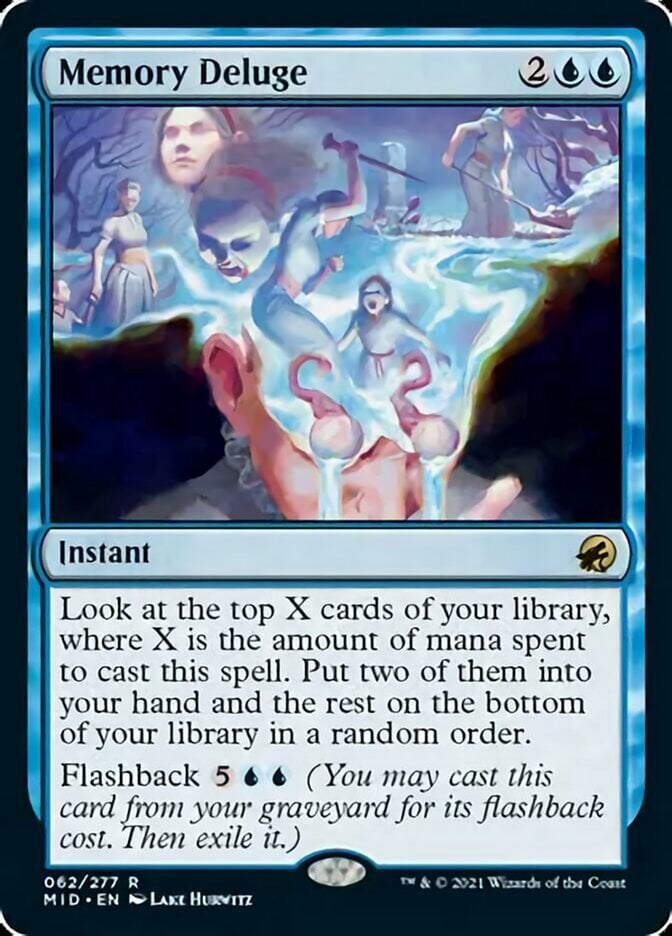

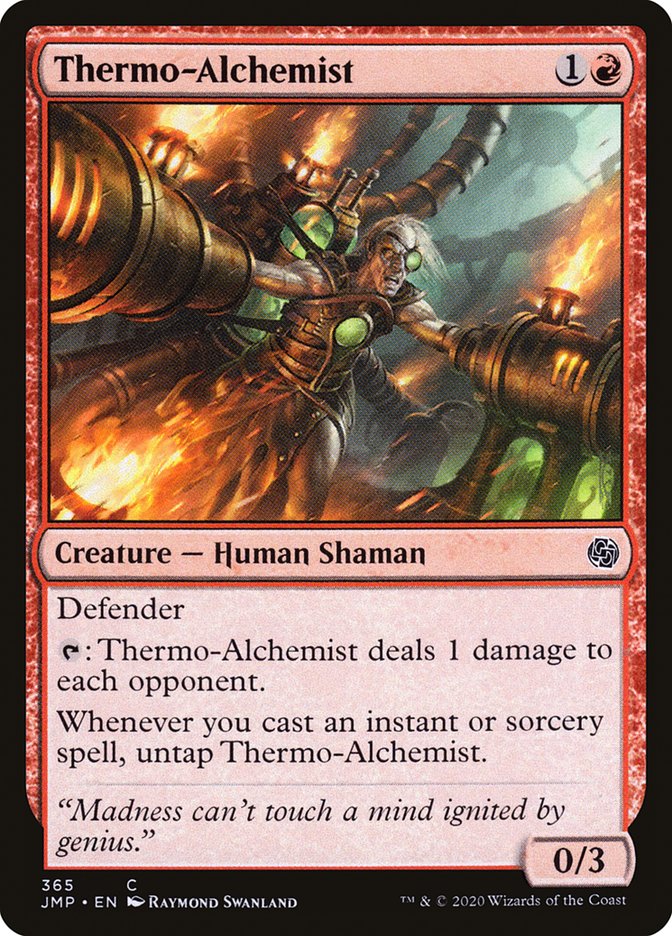
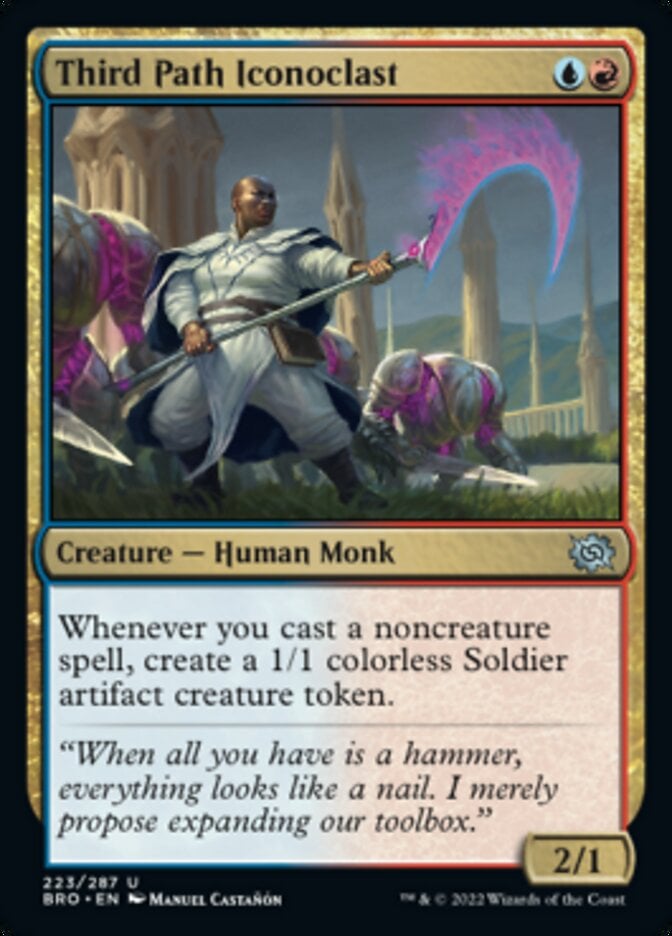
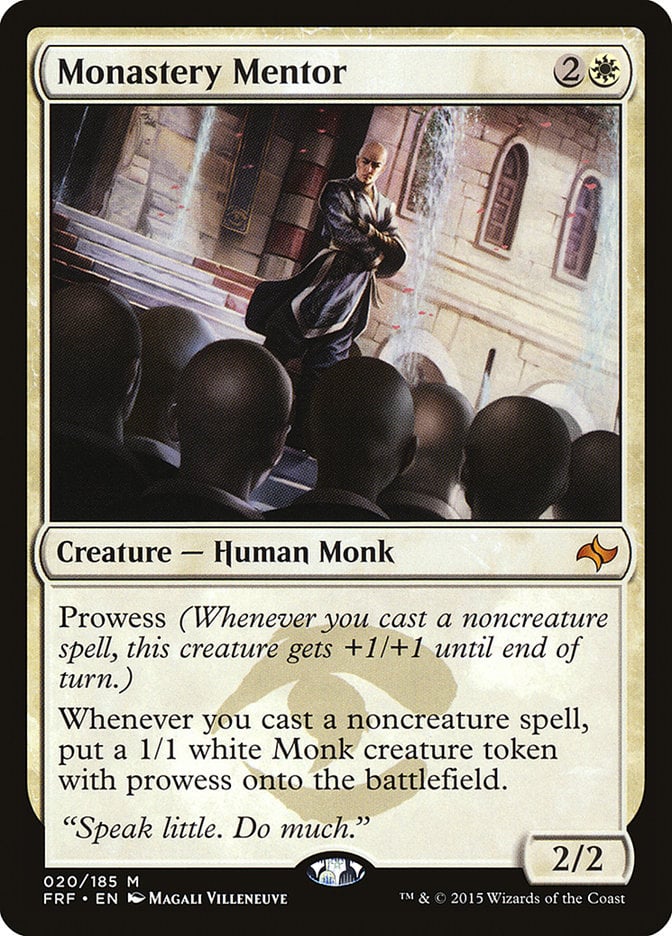

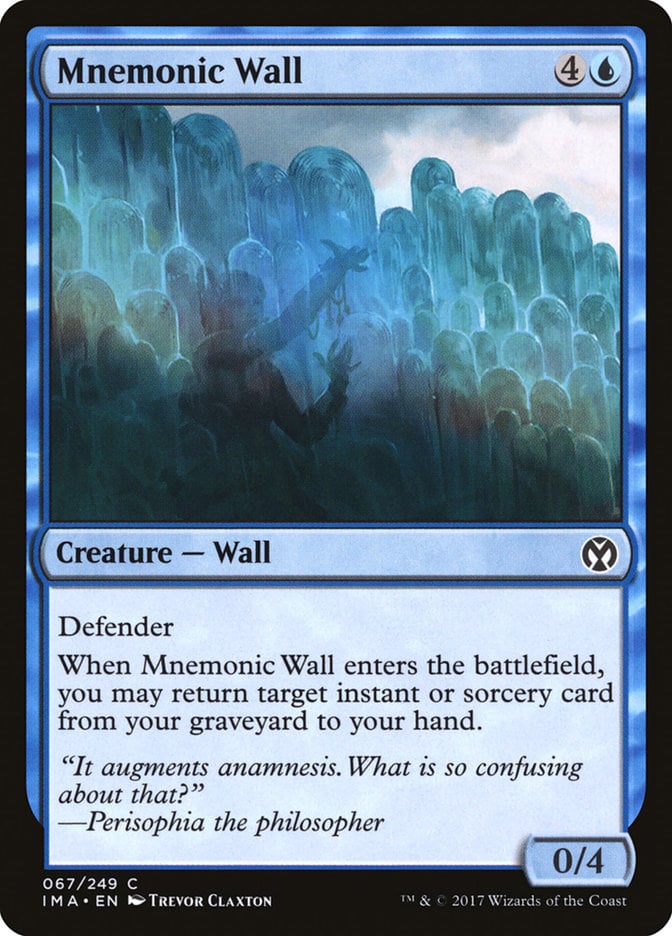


Add Comment